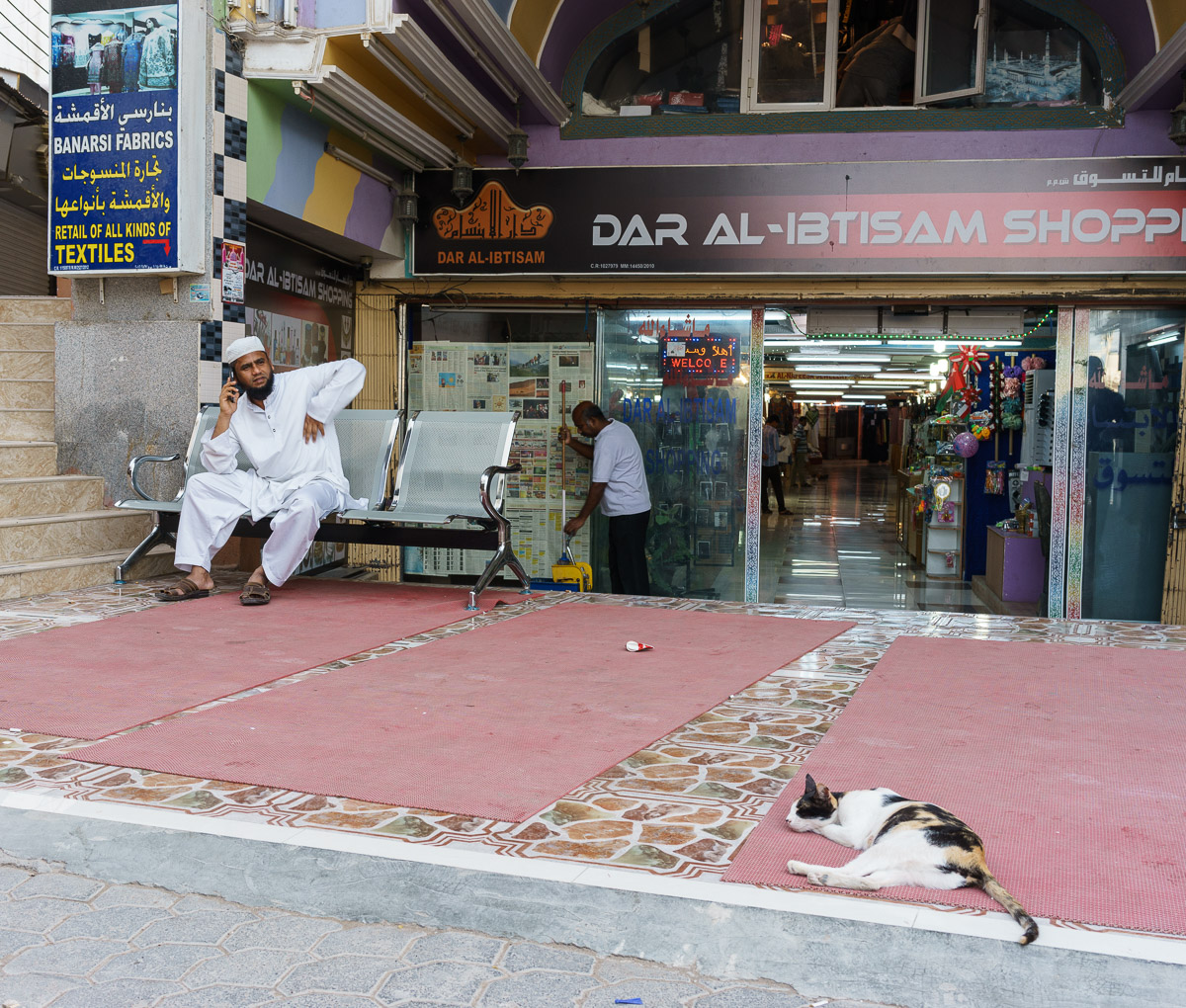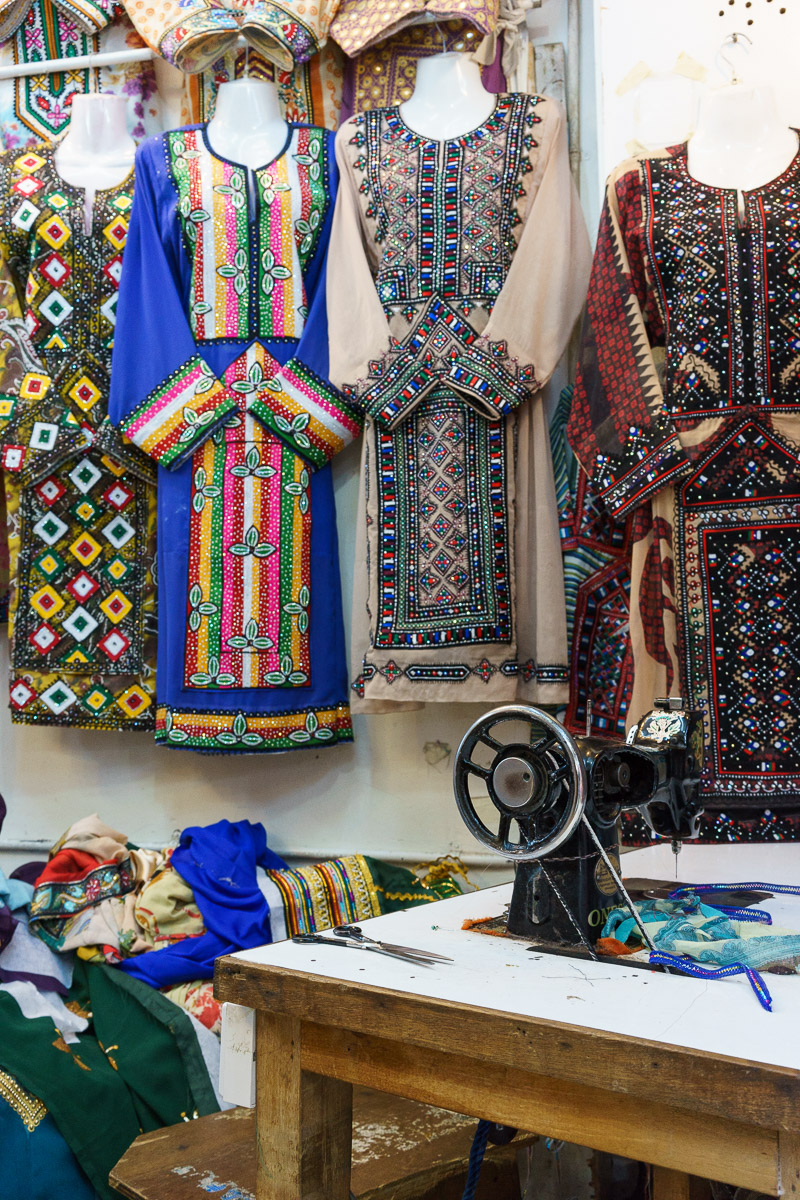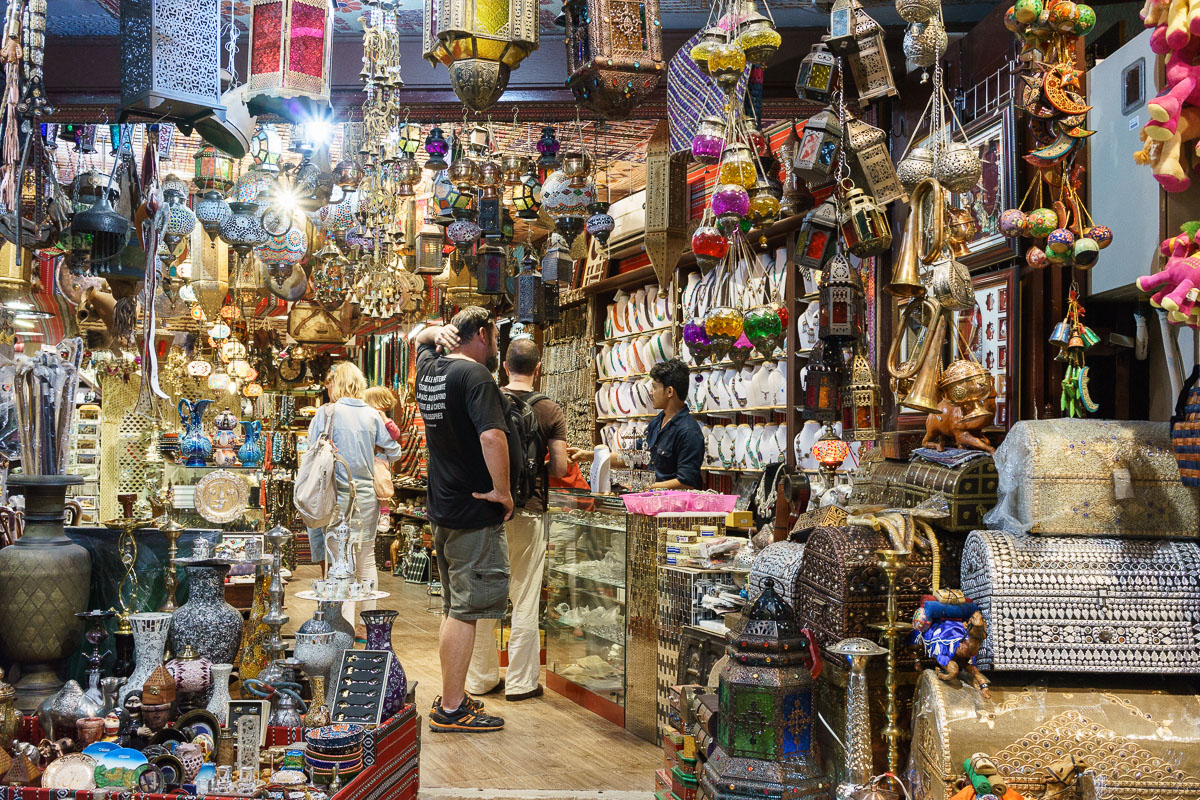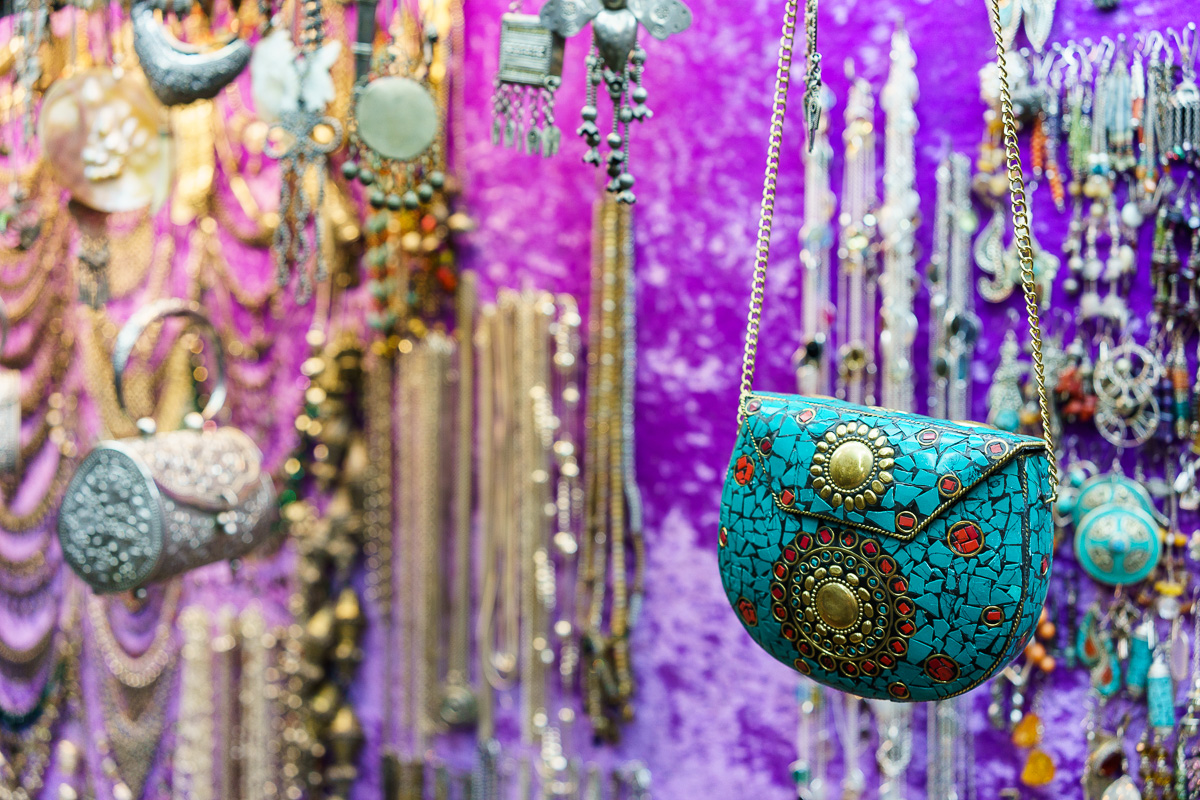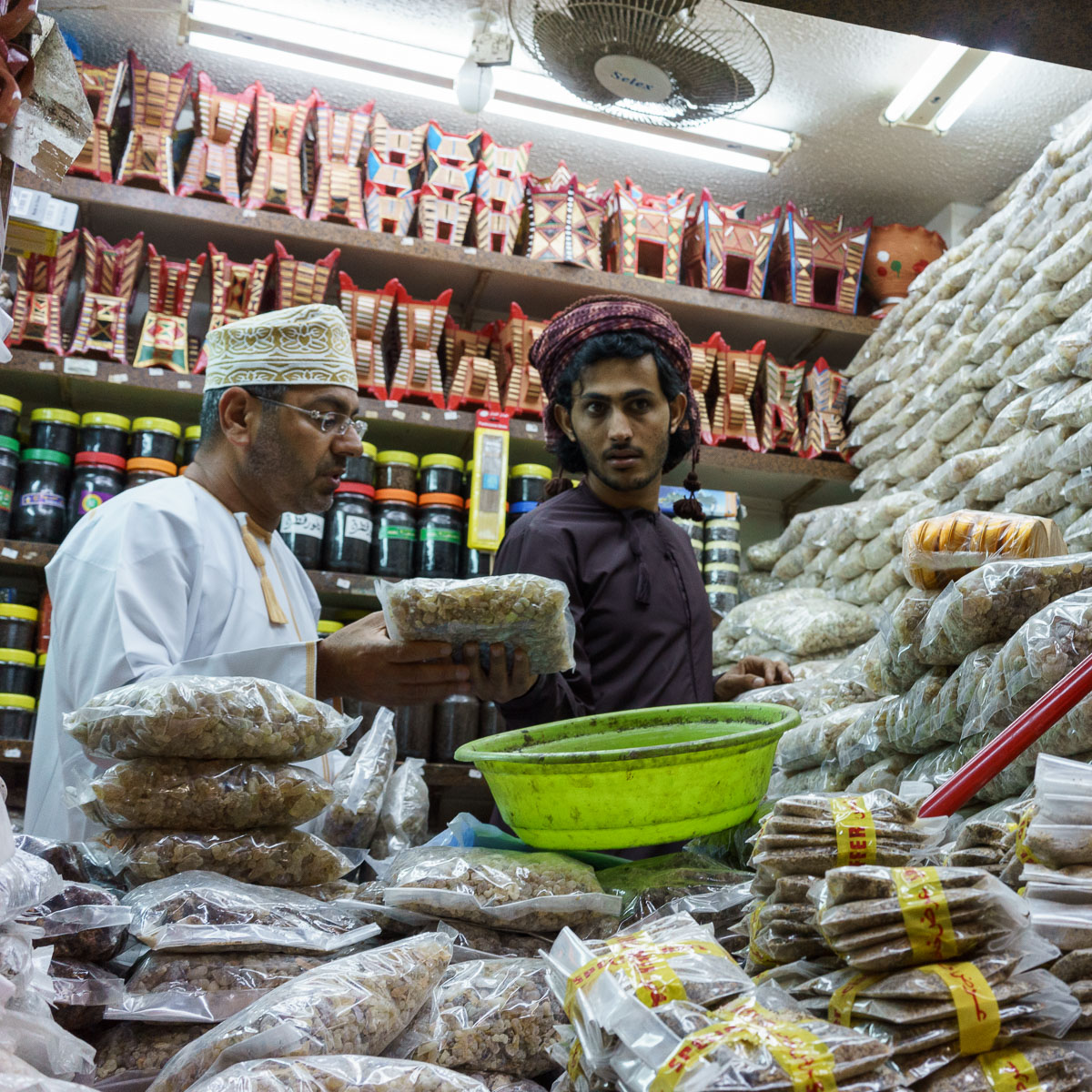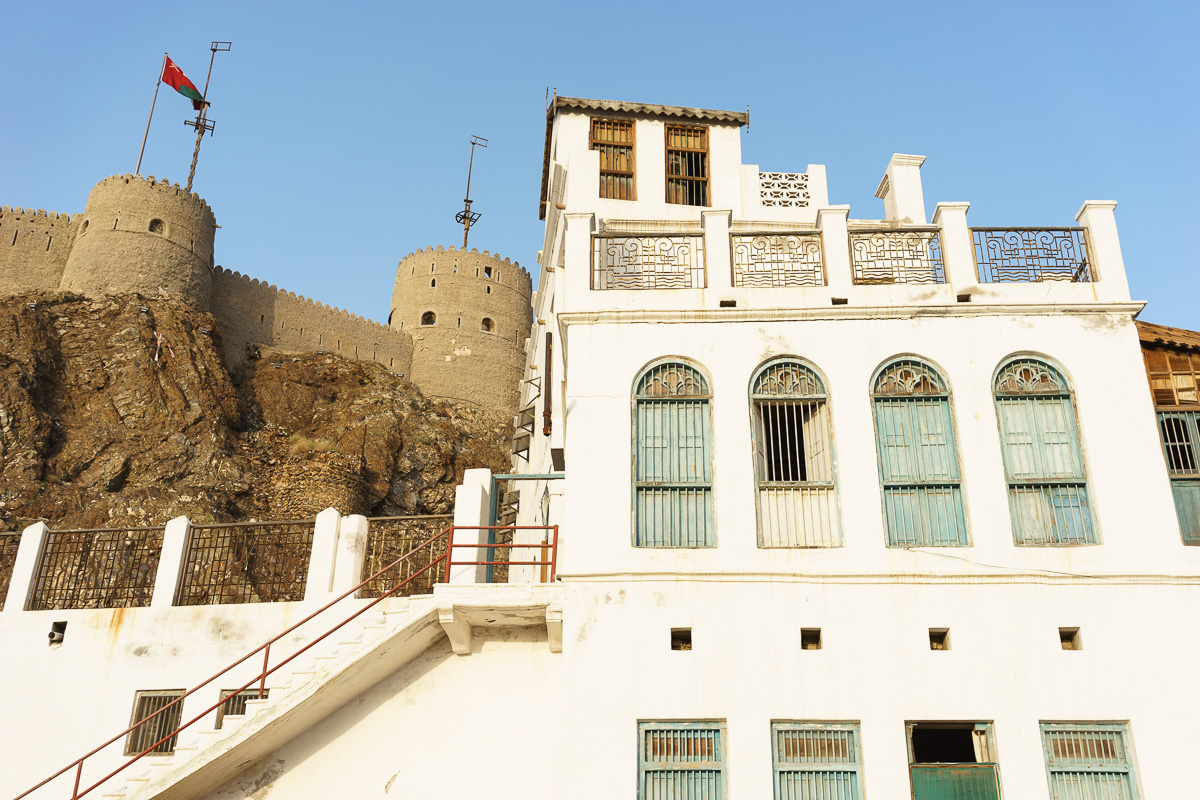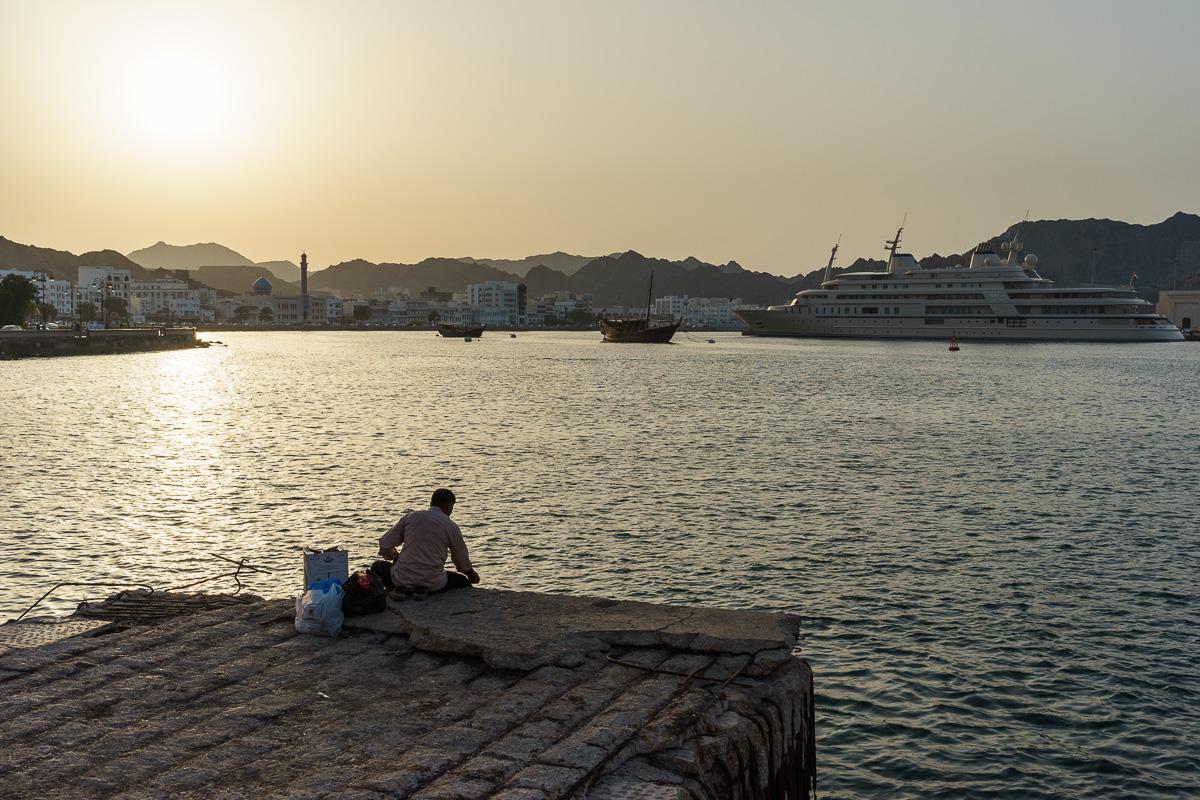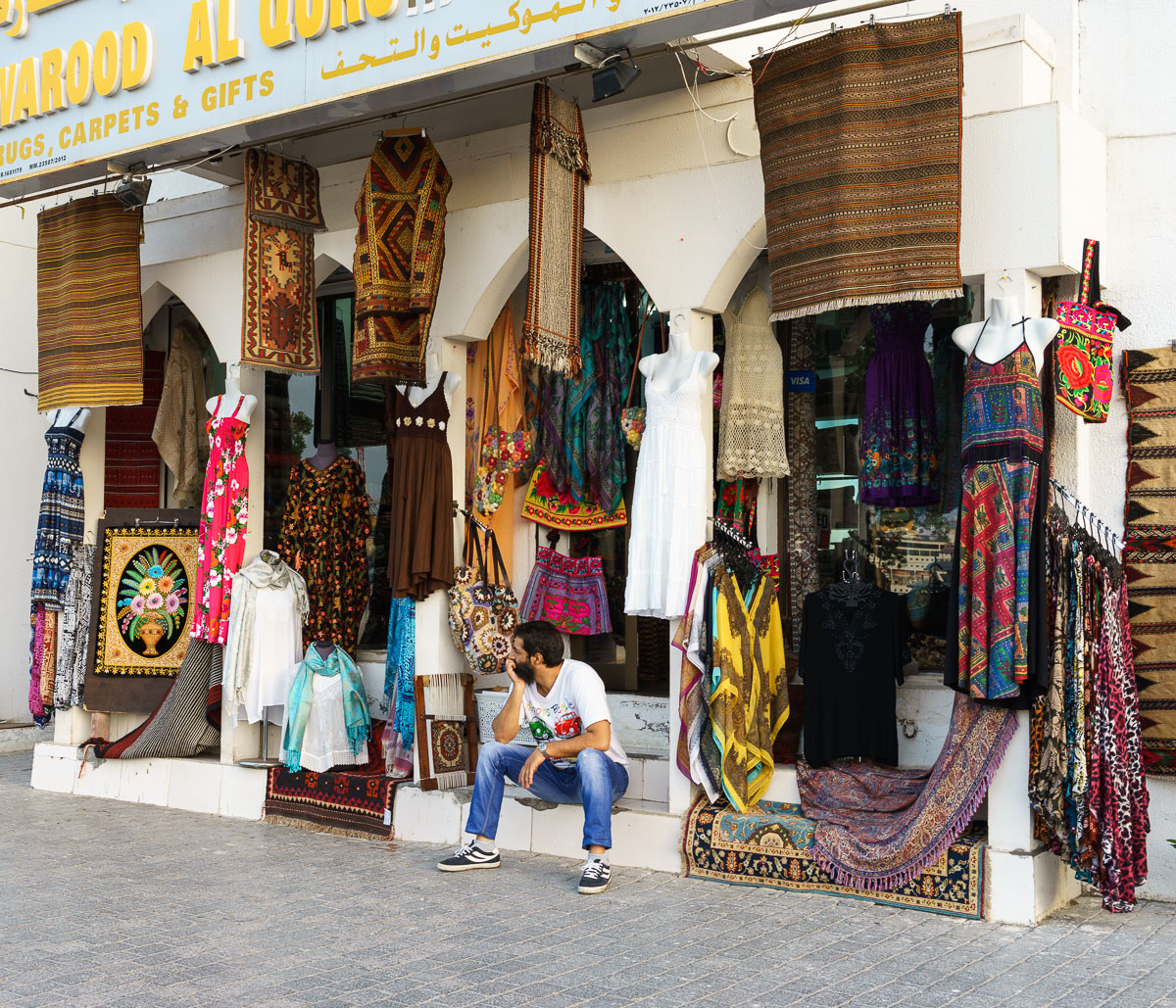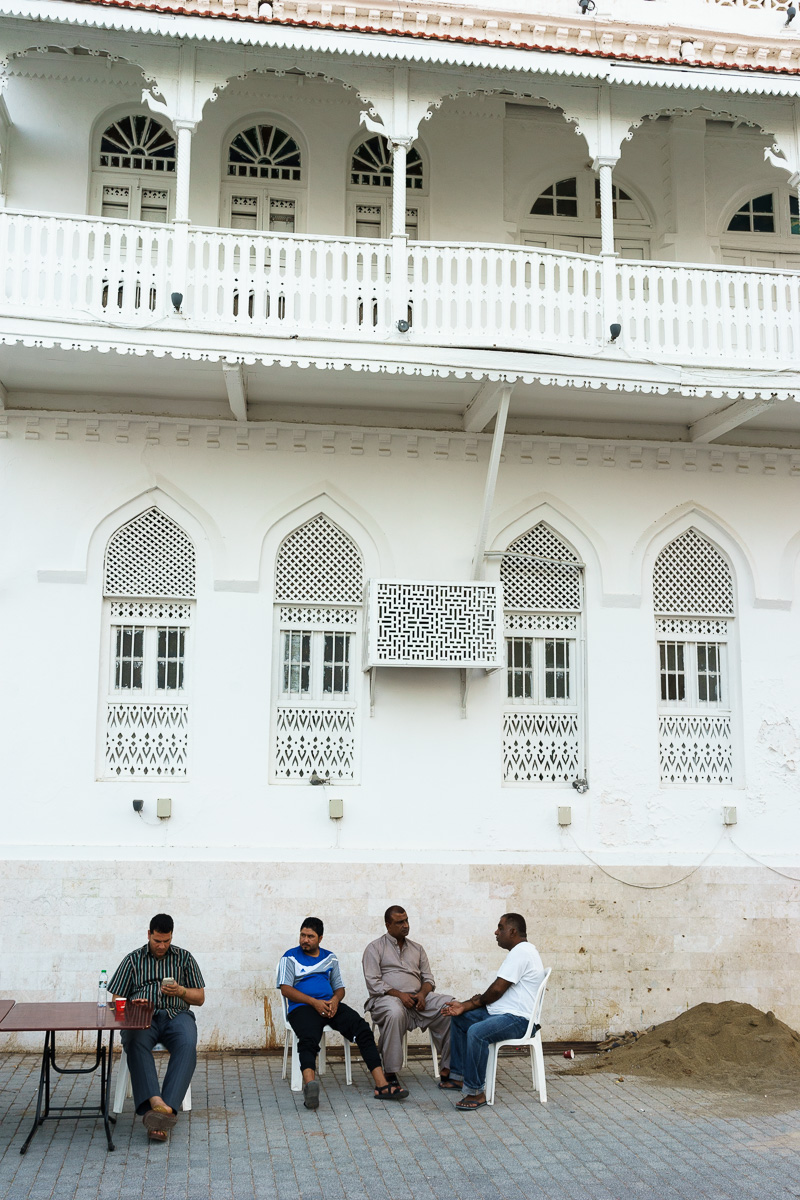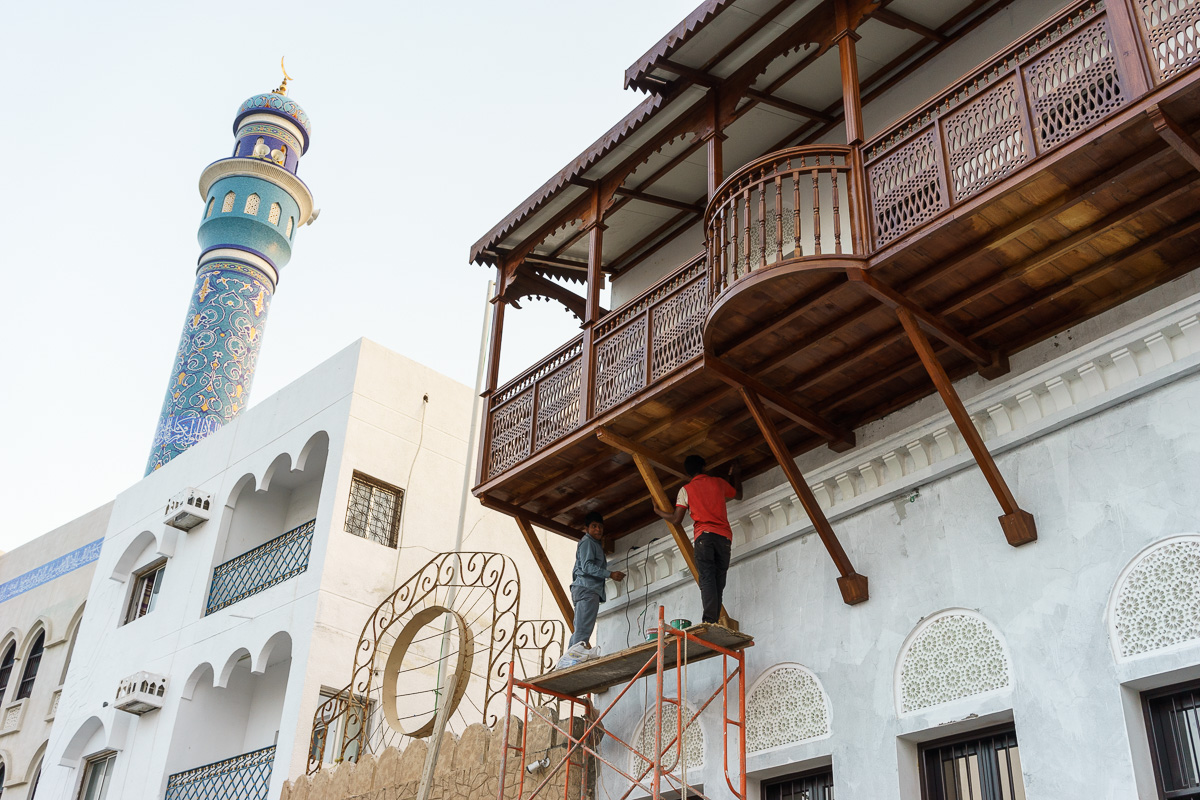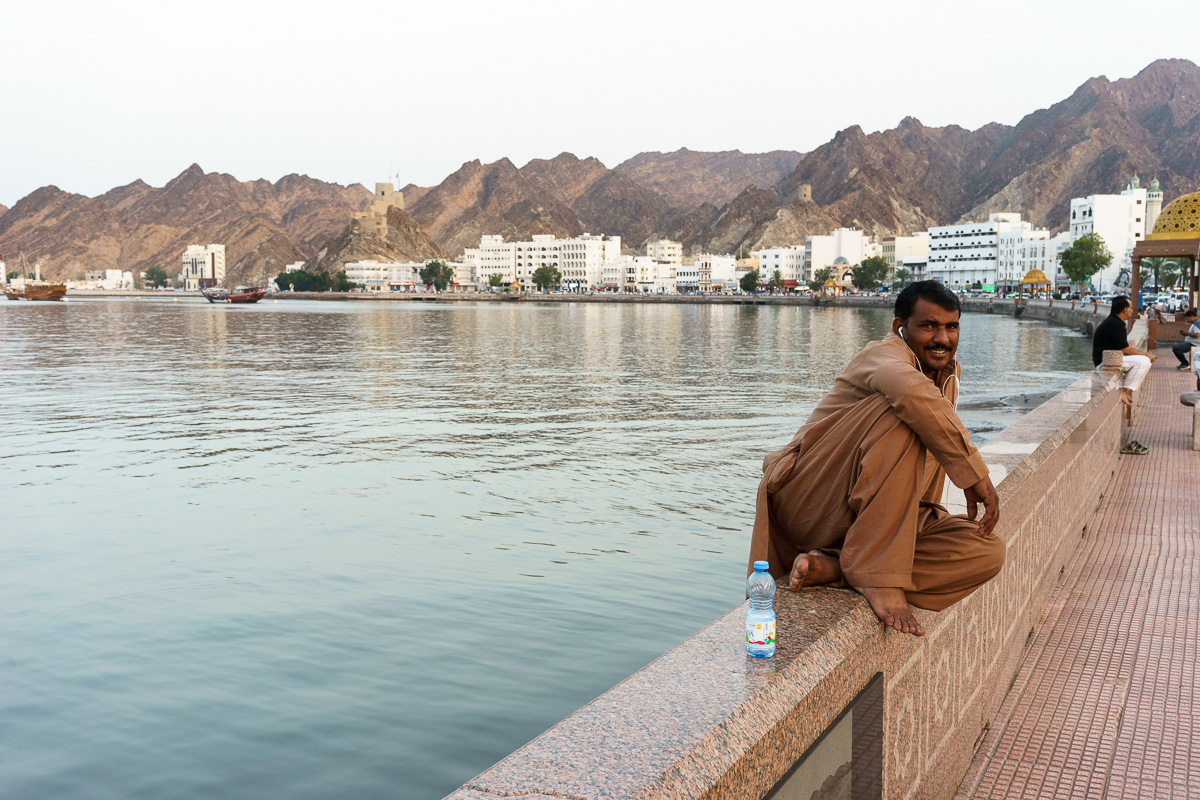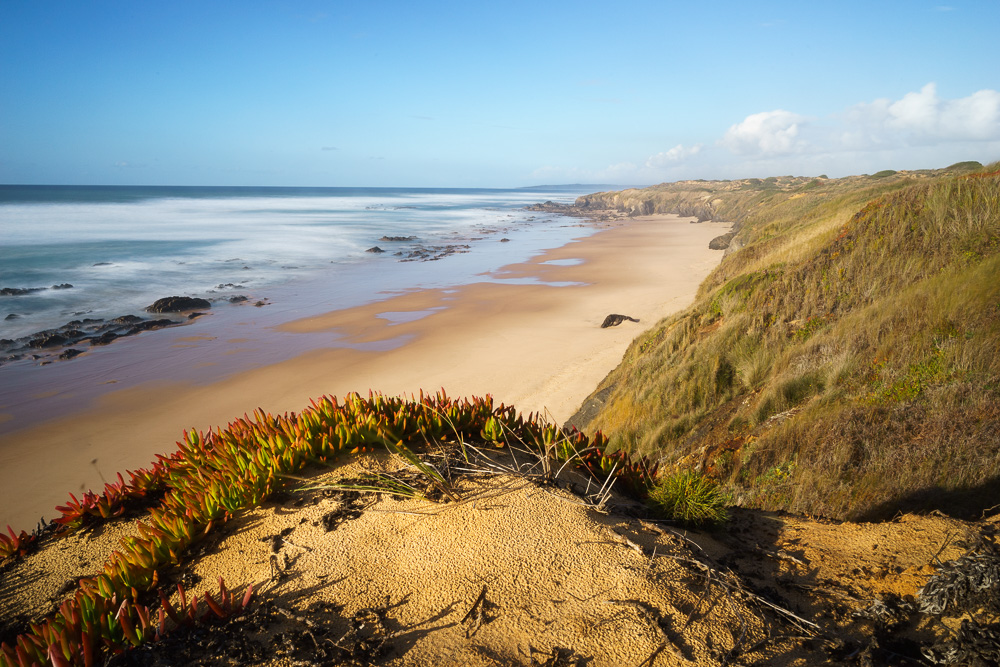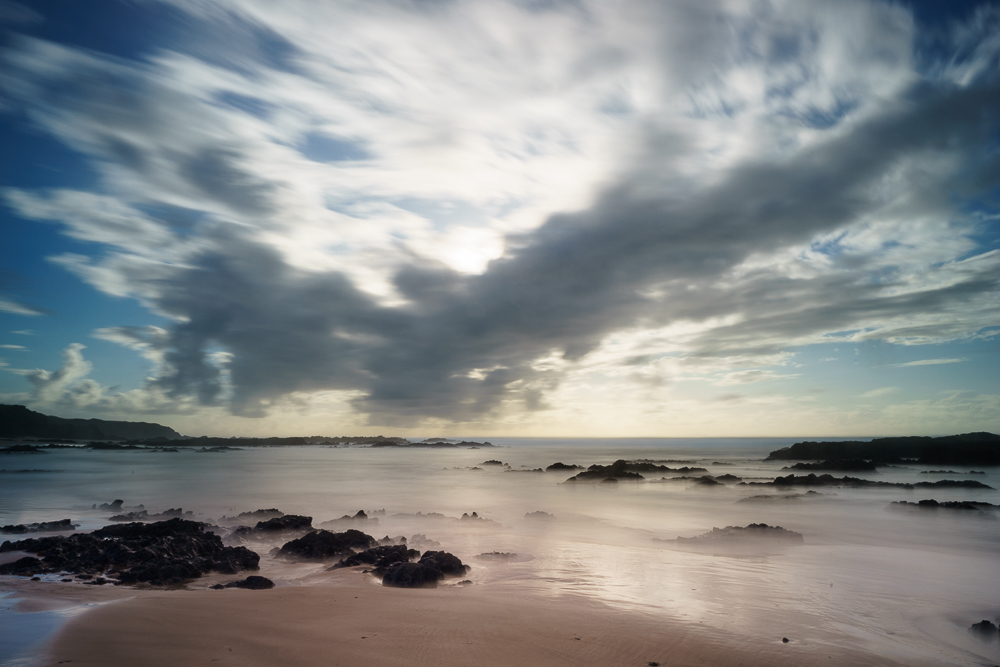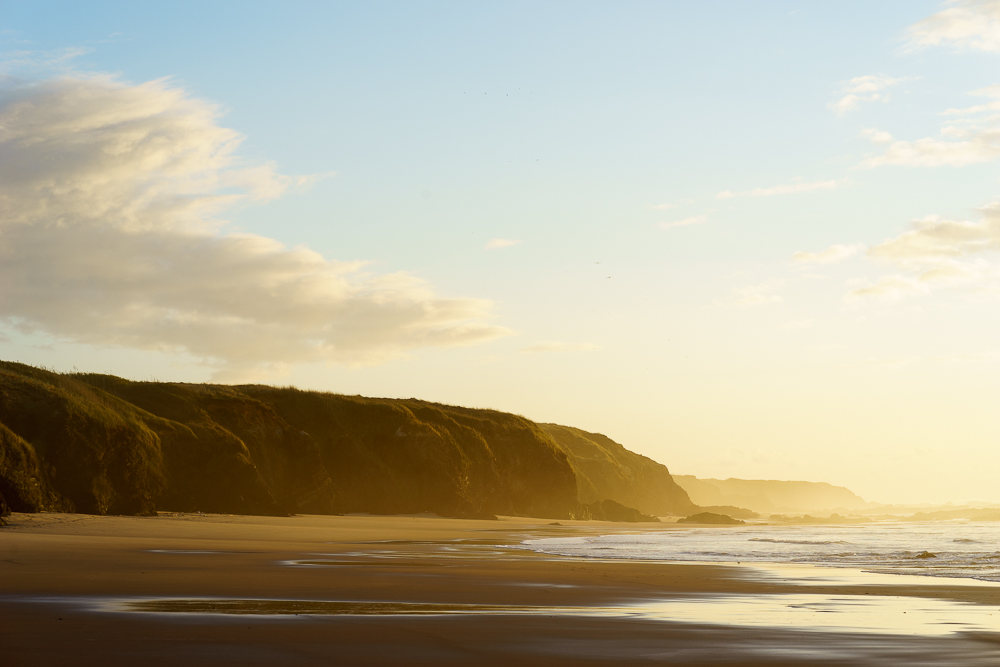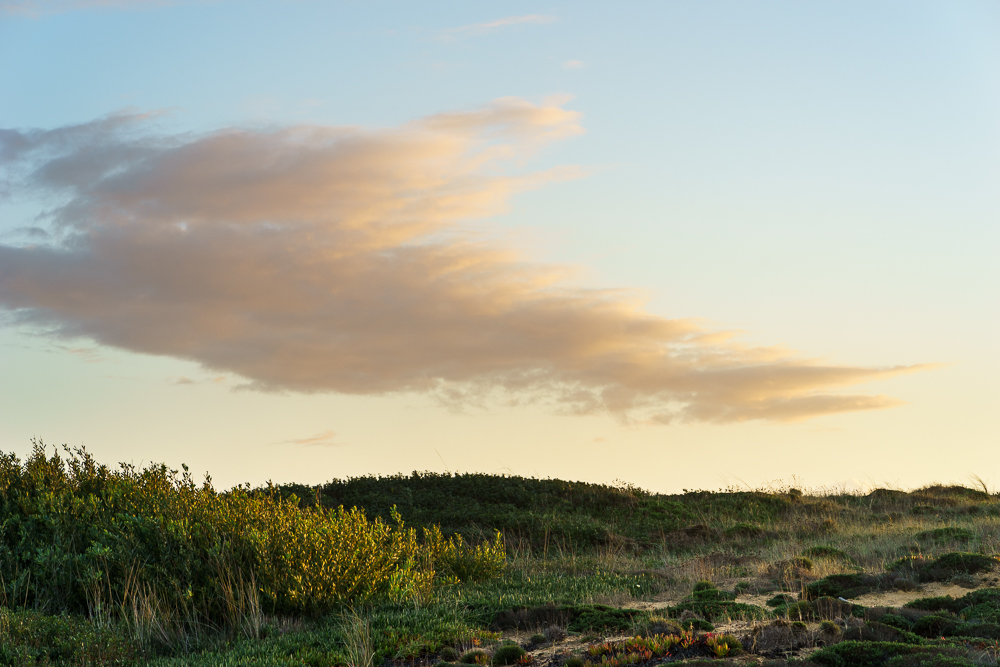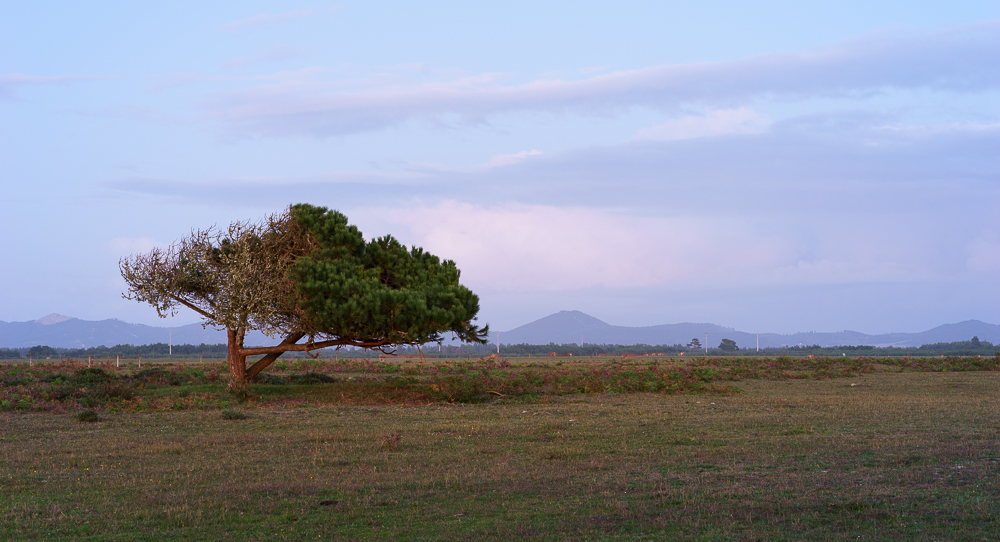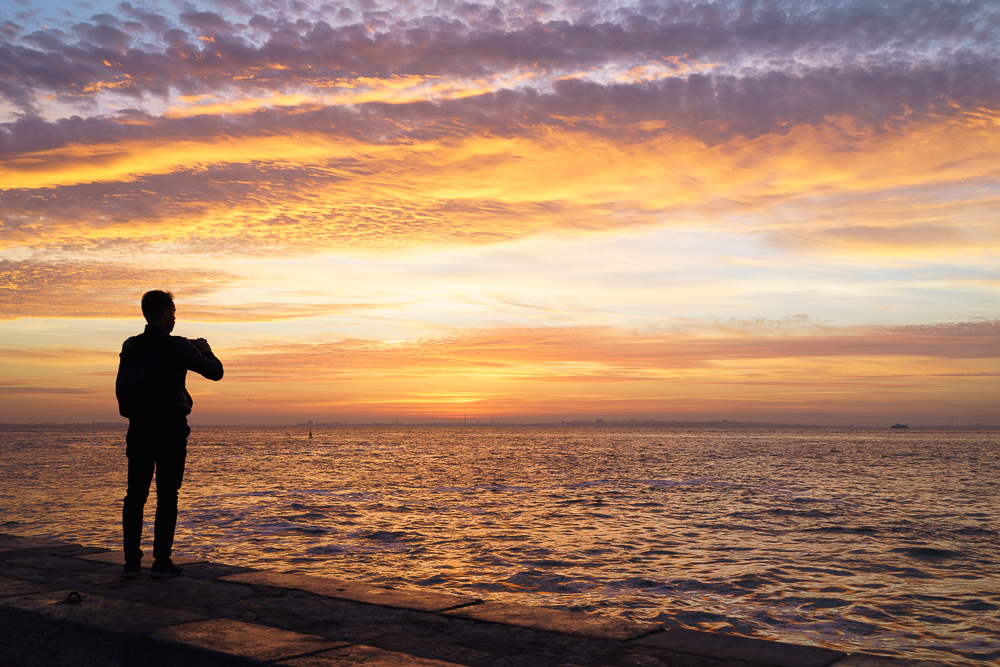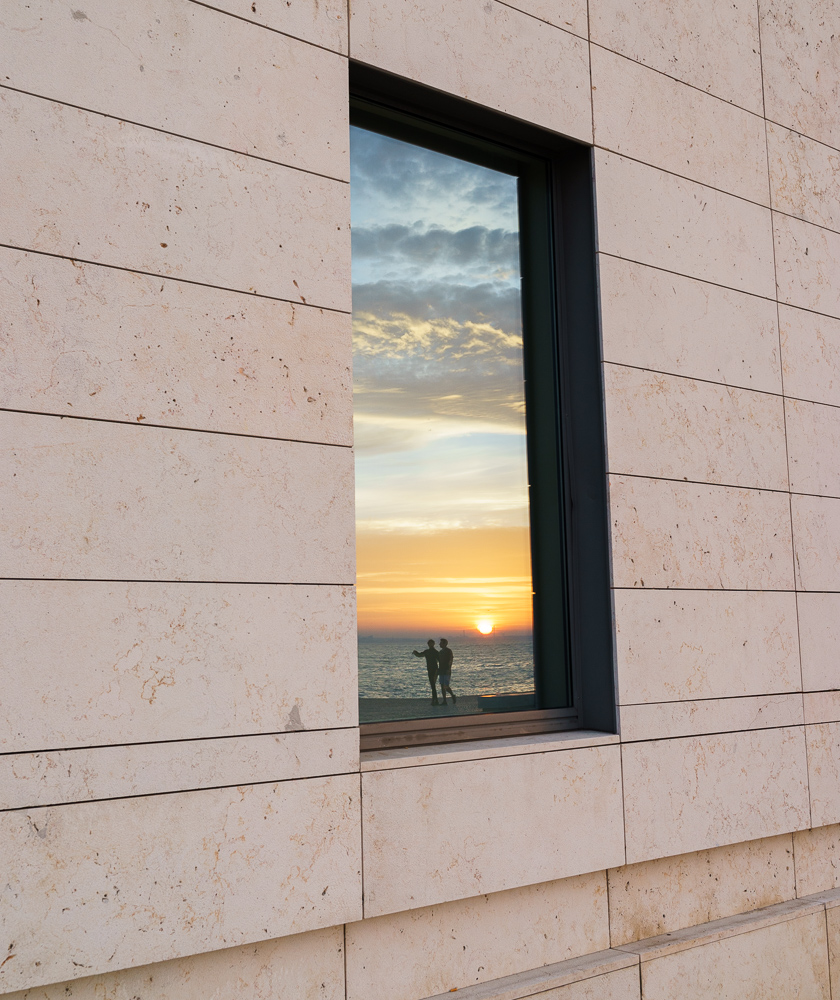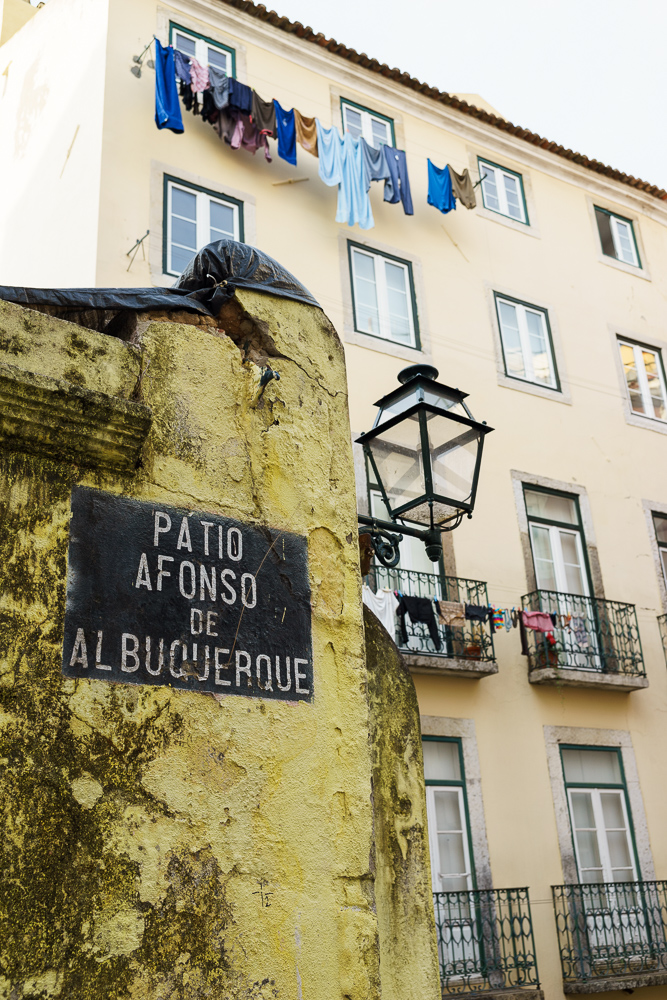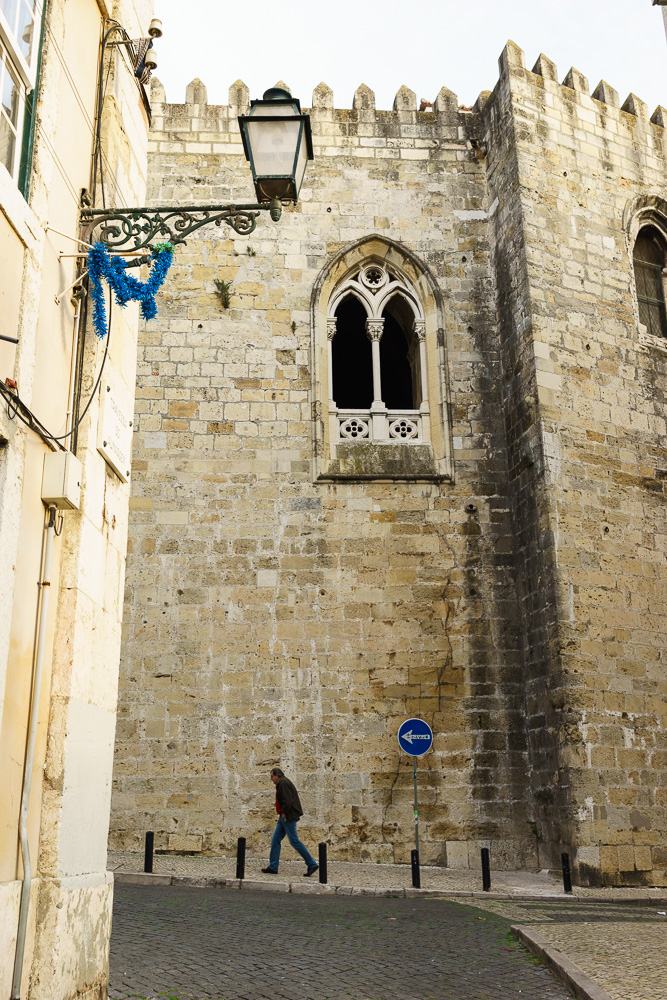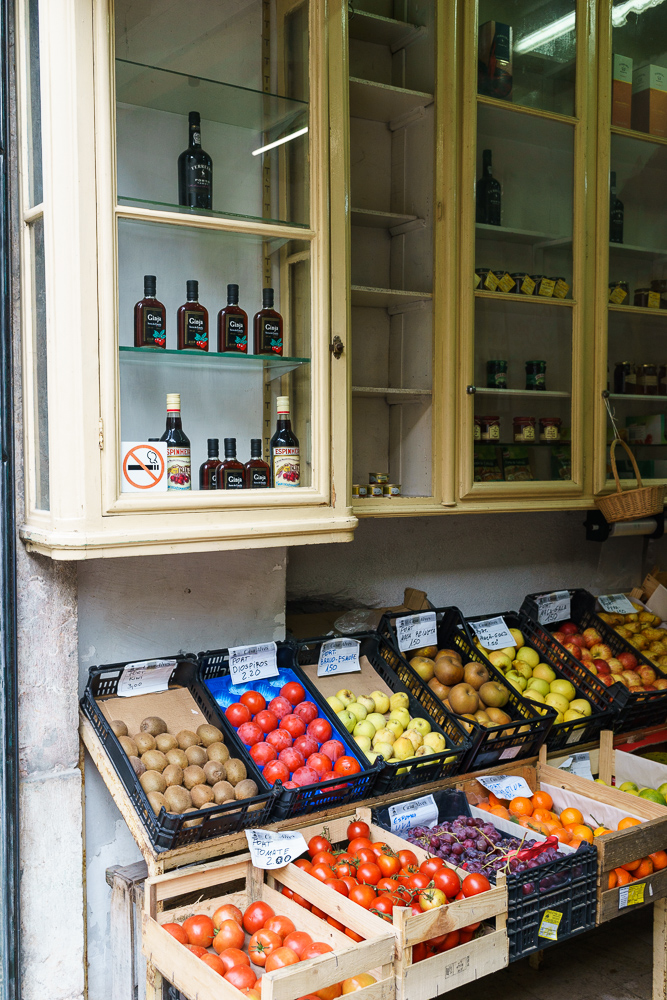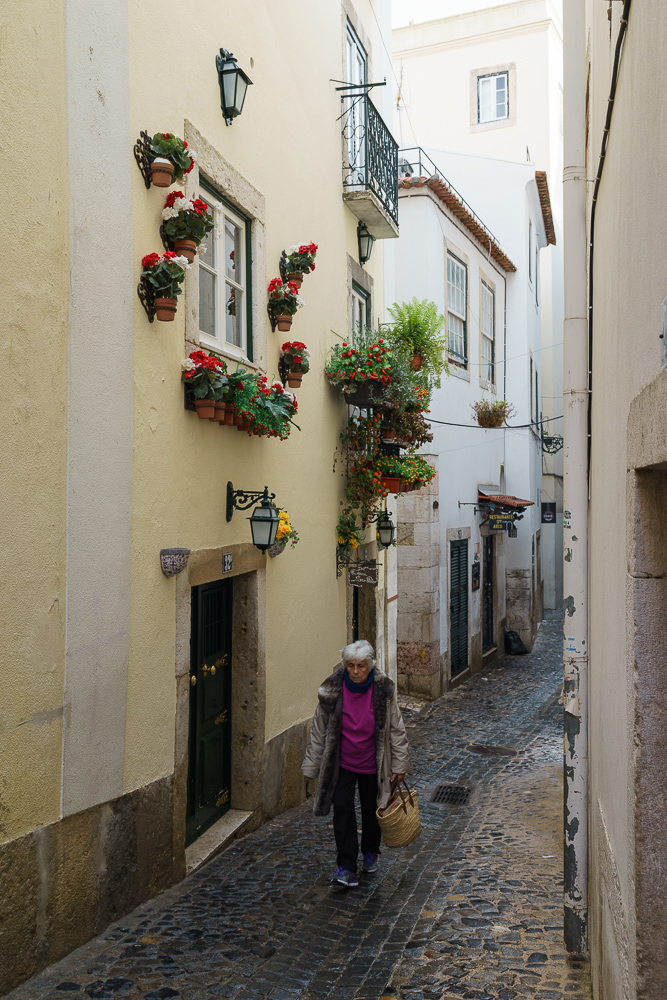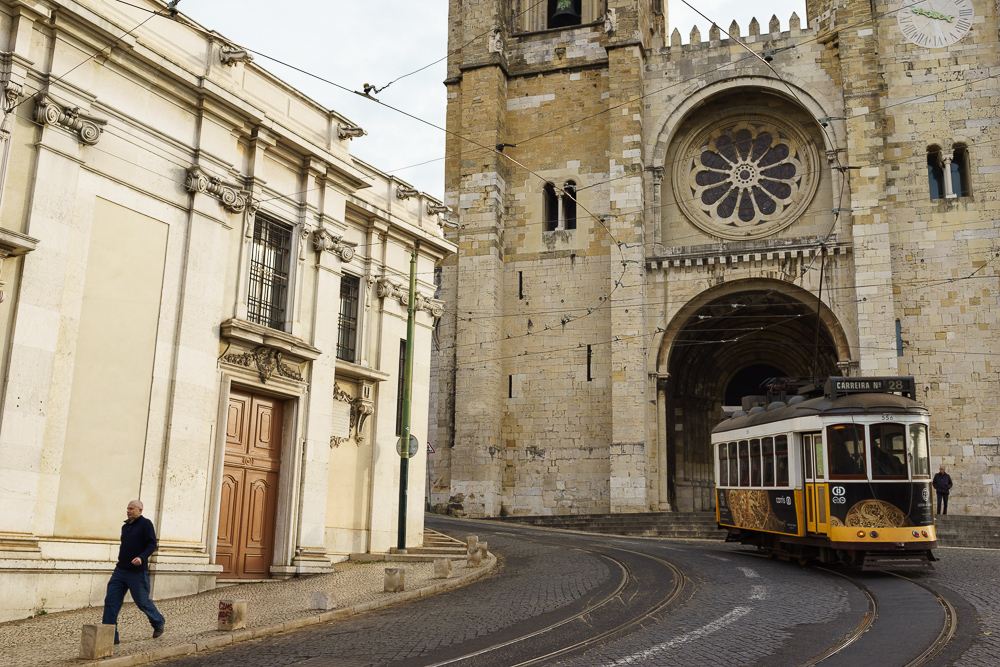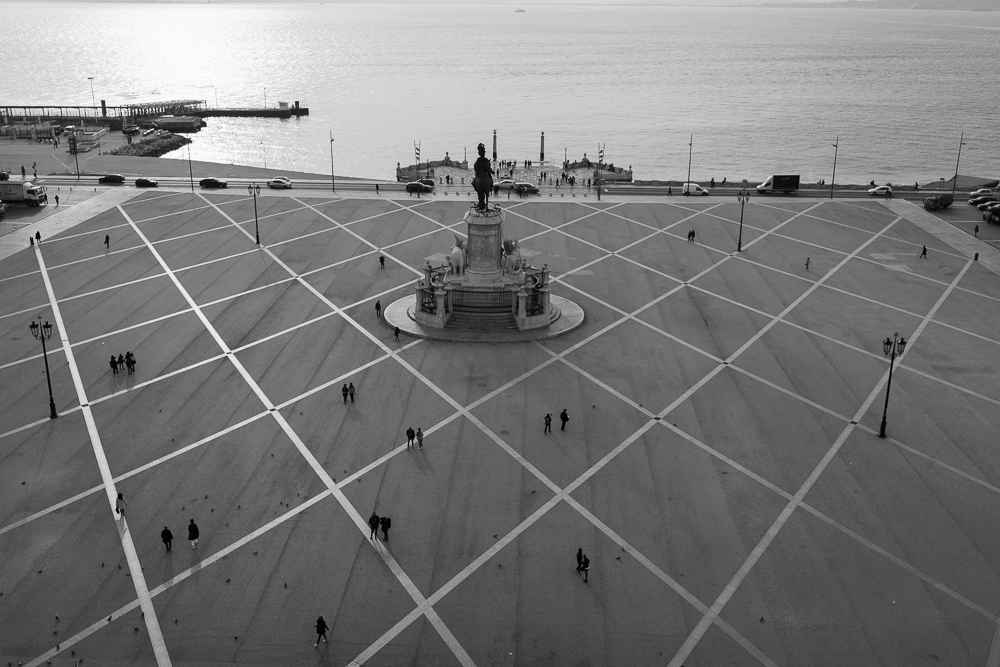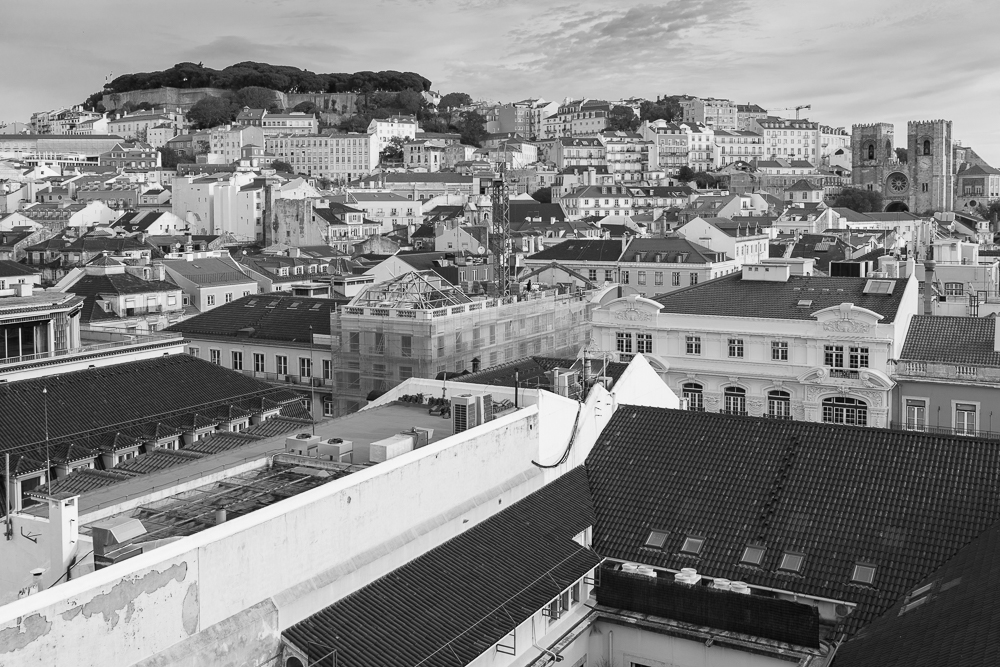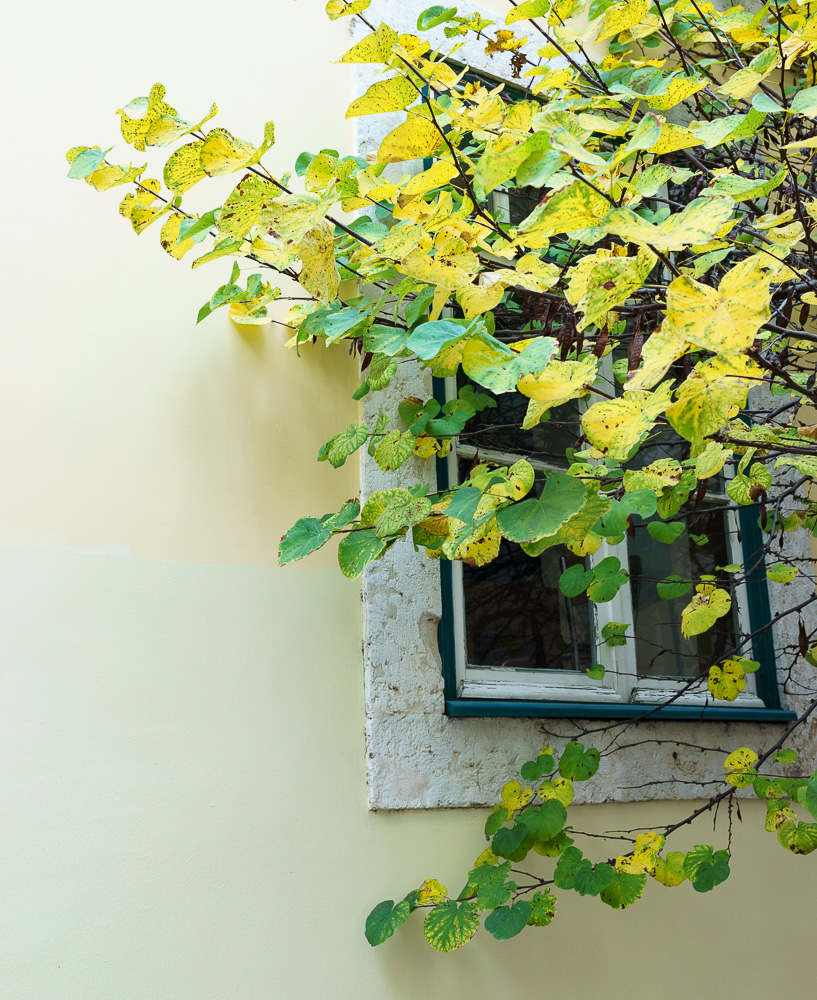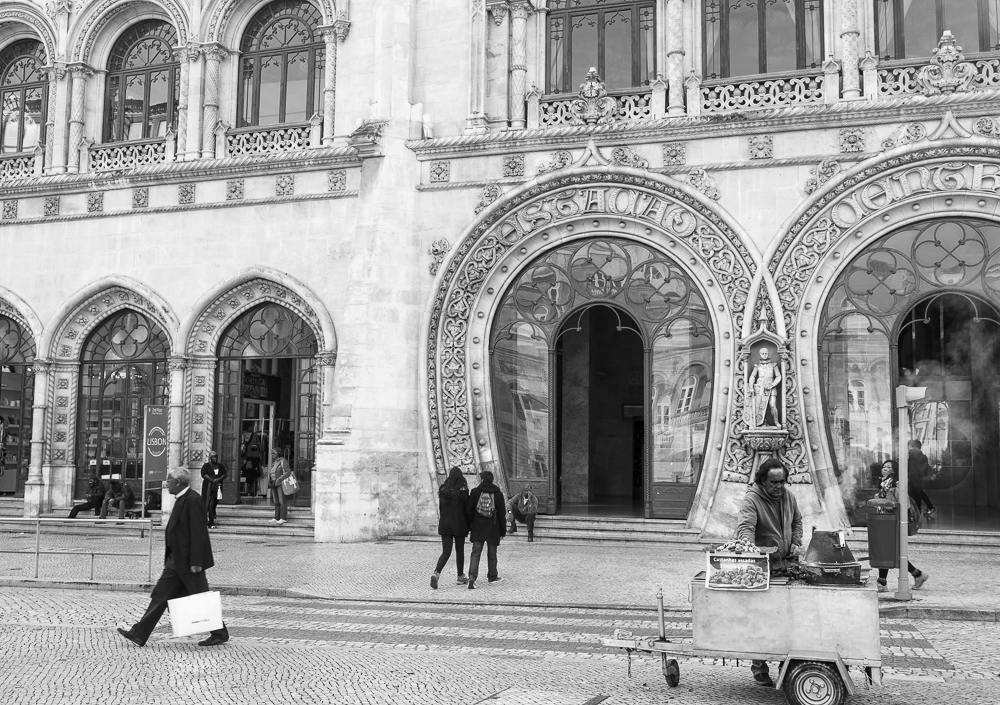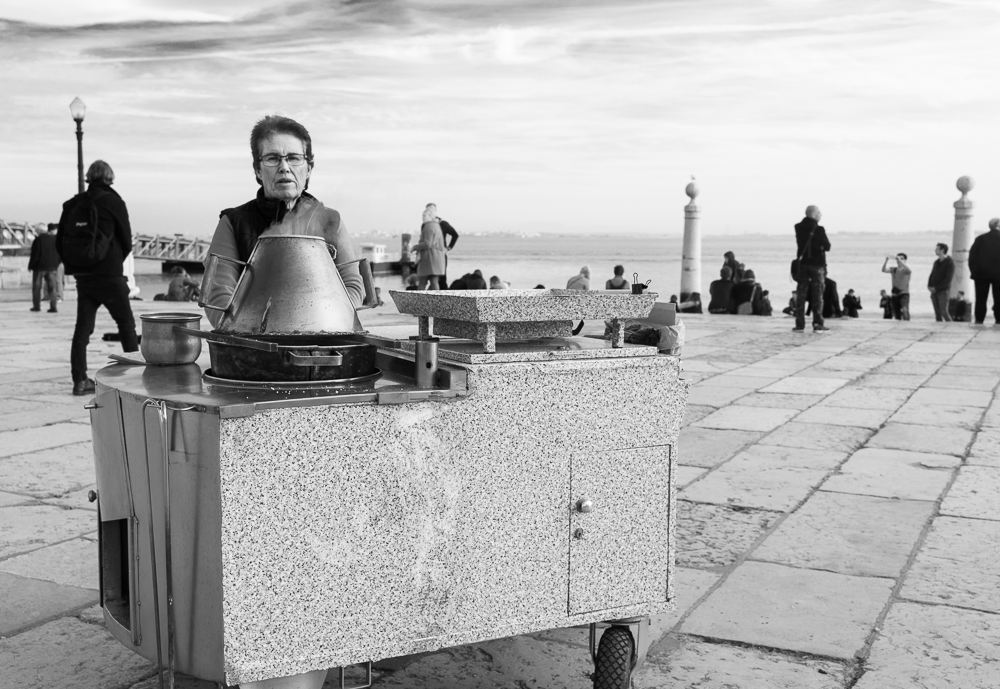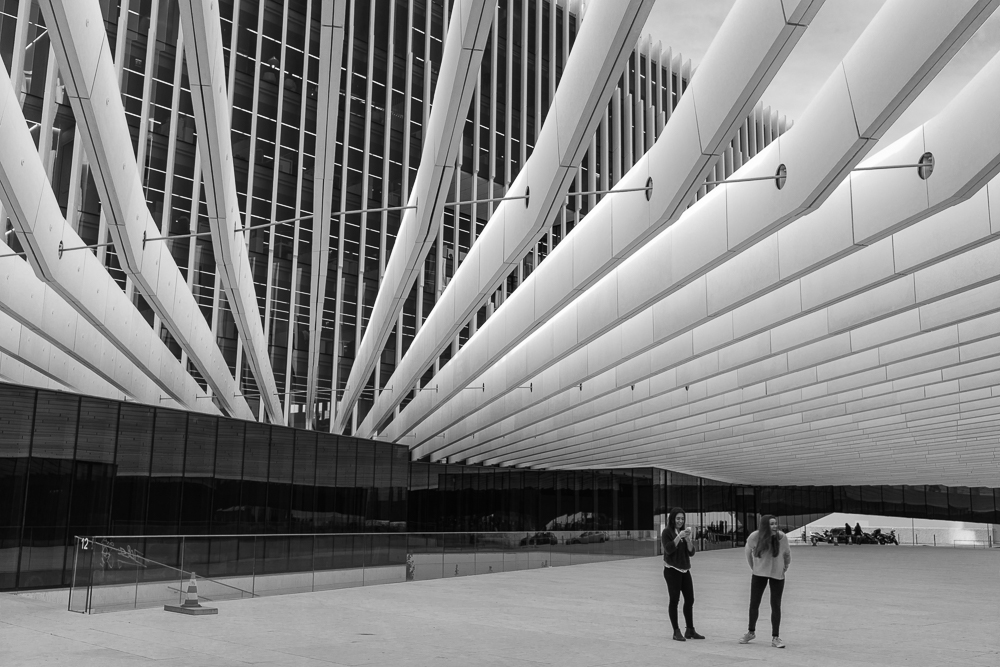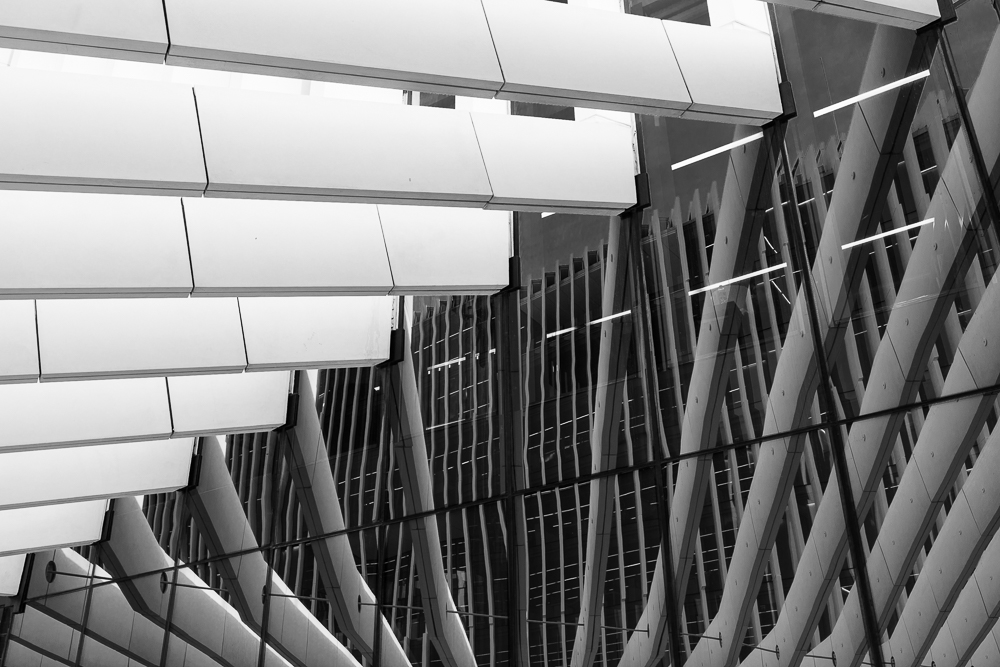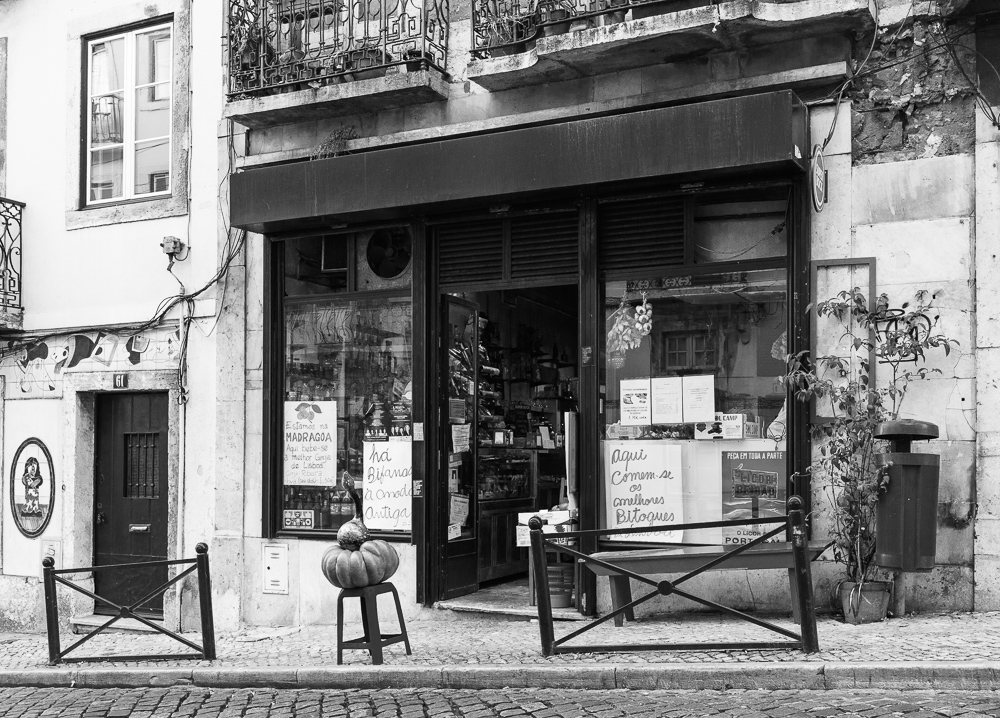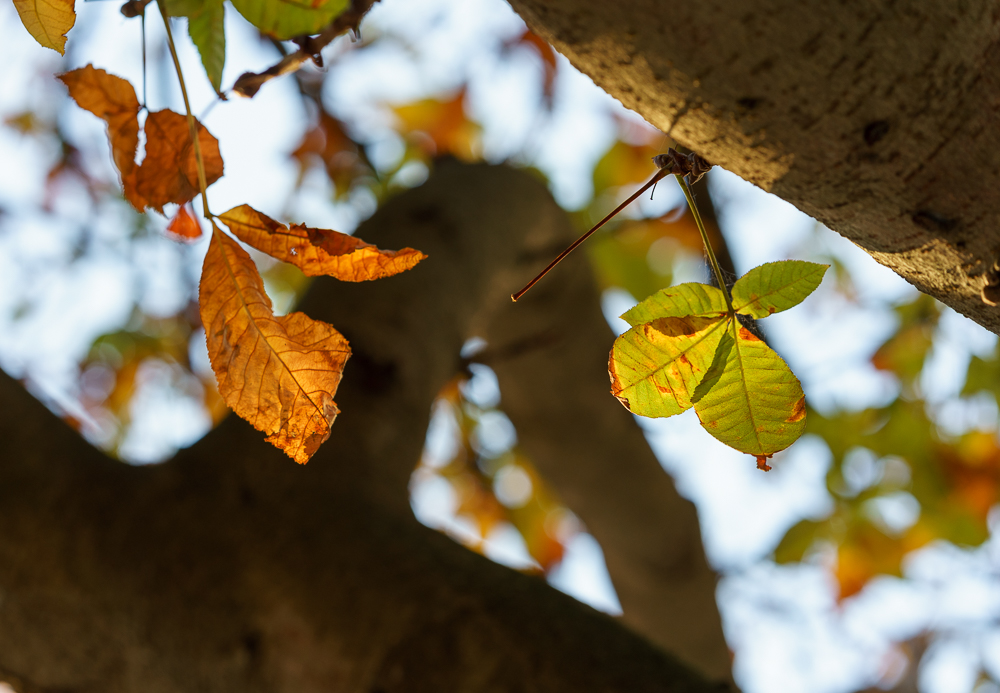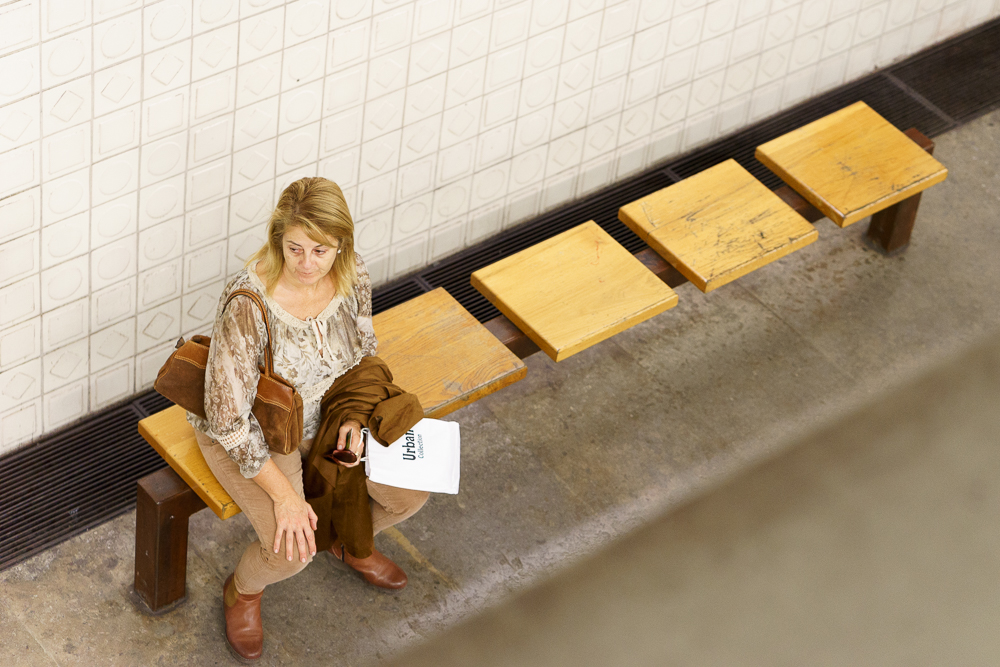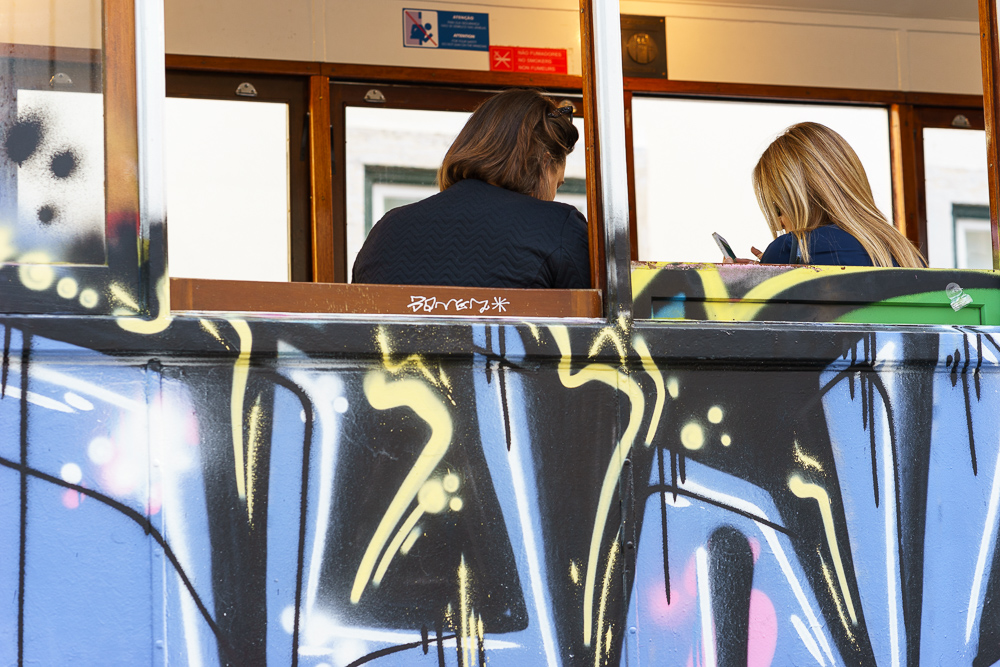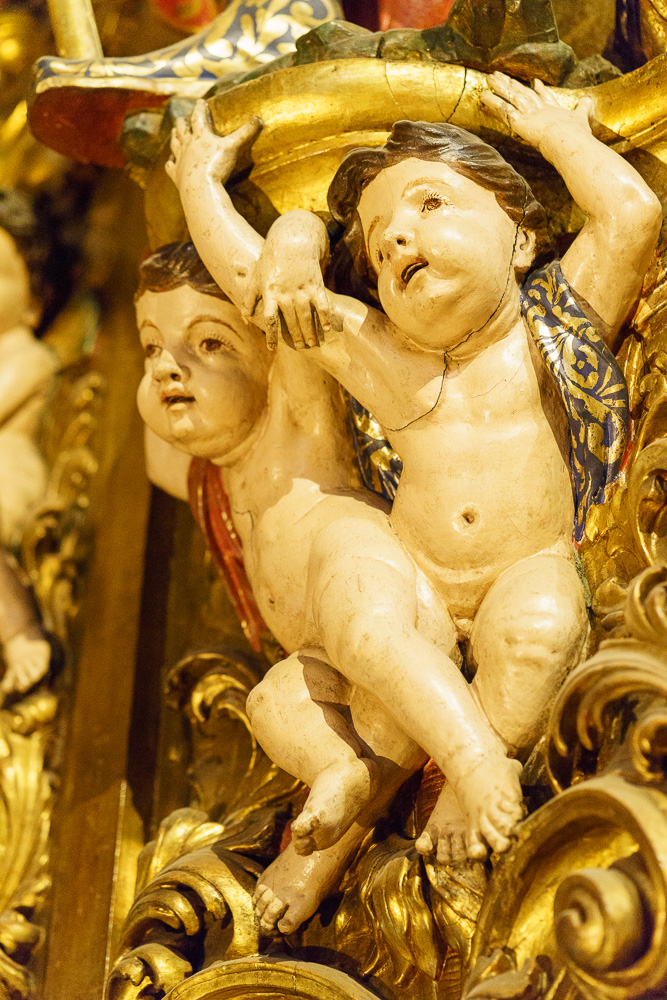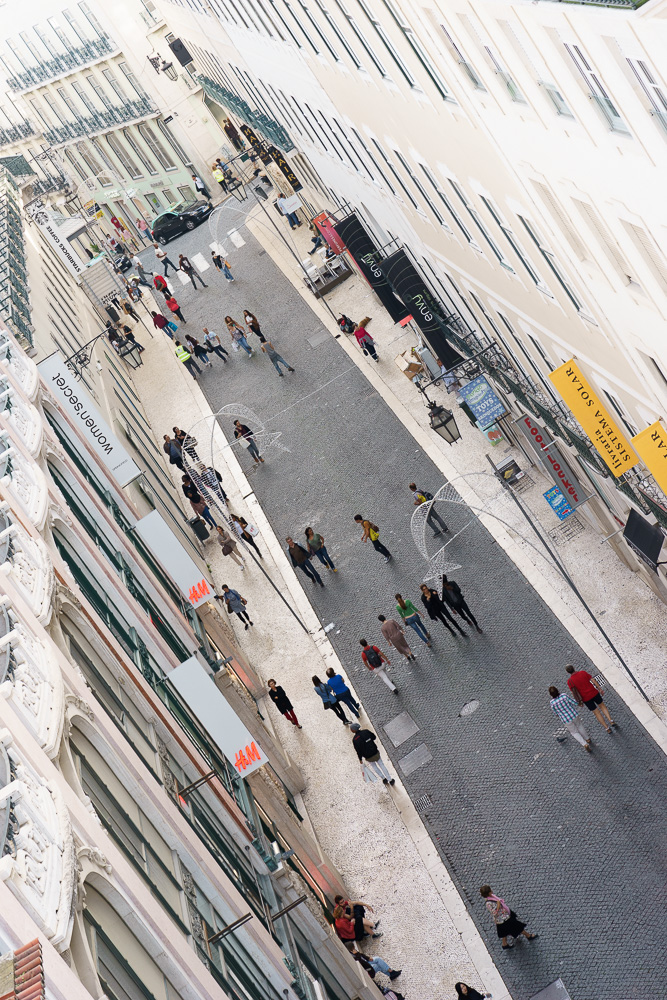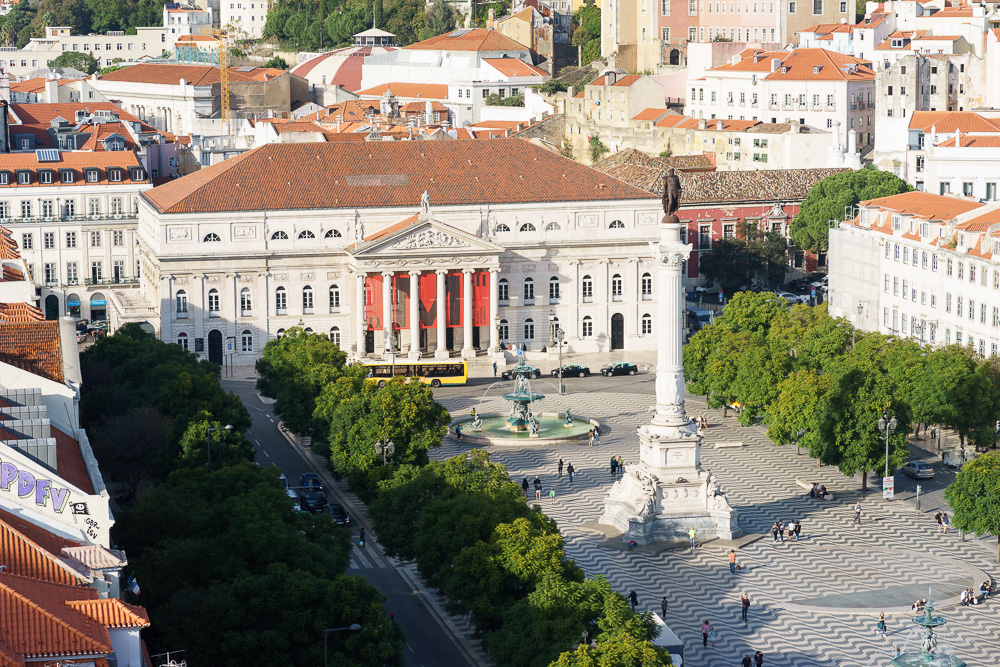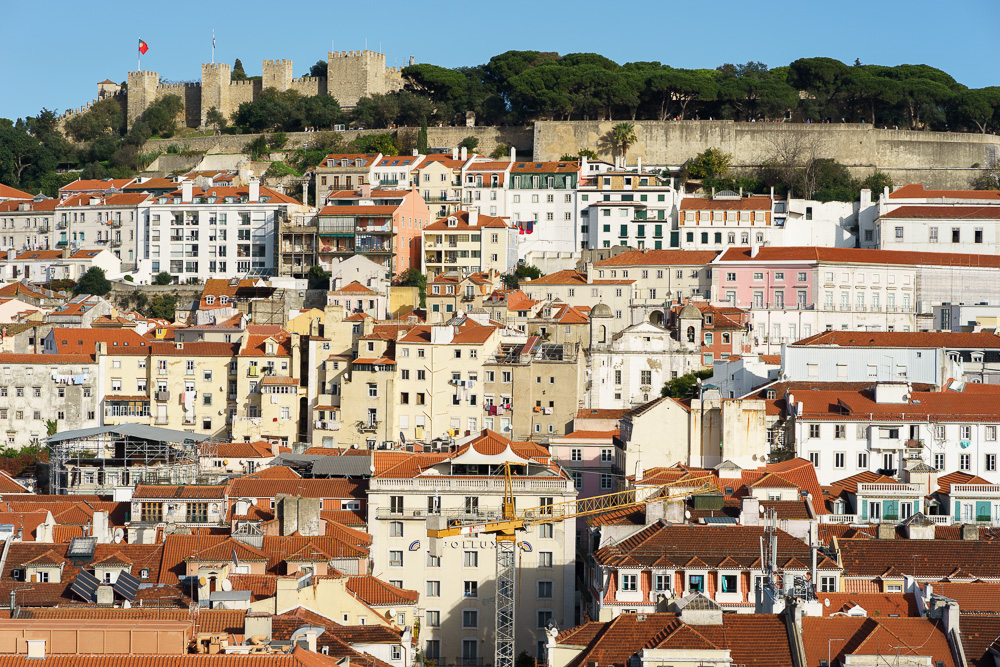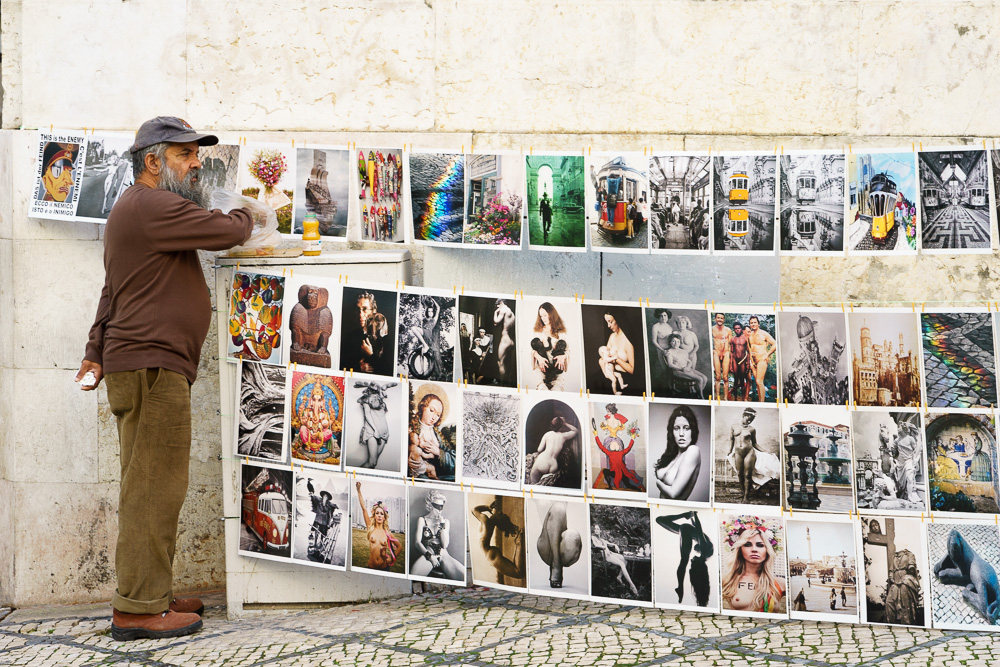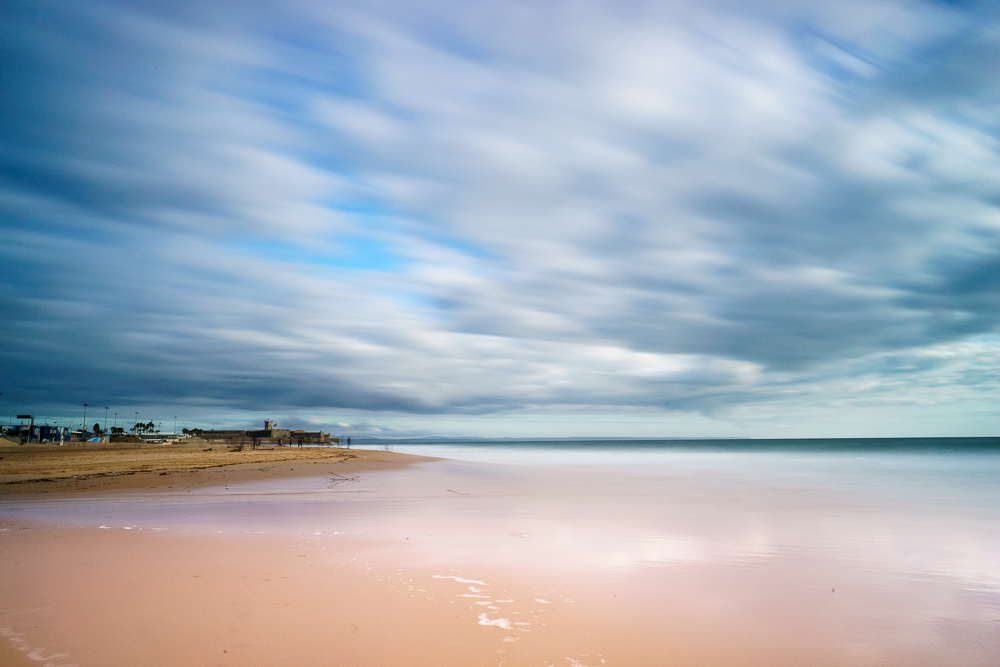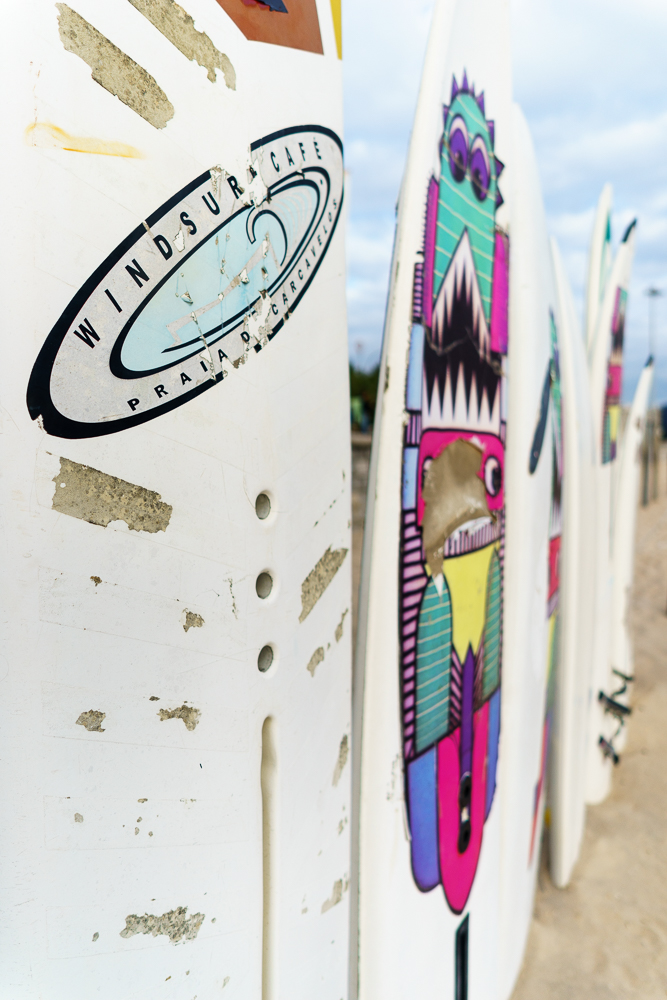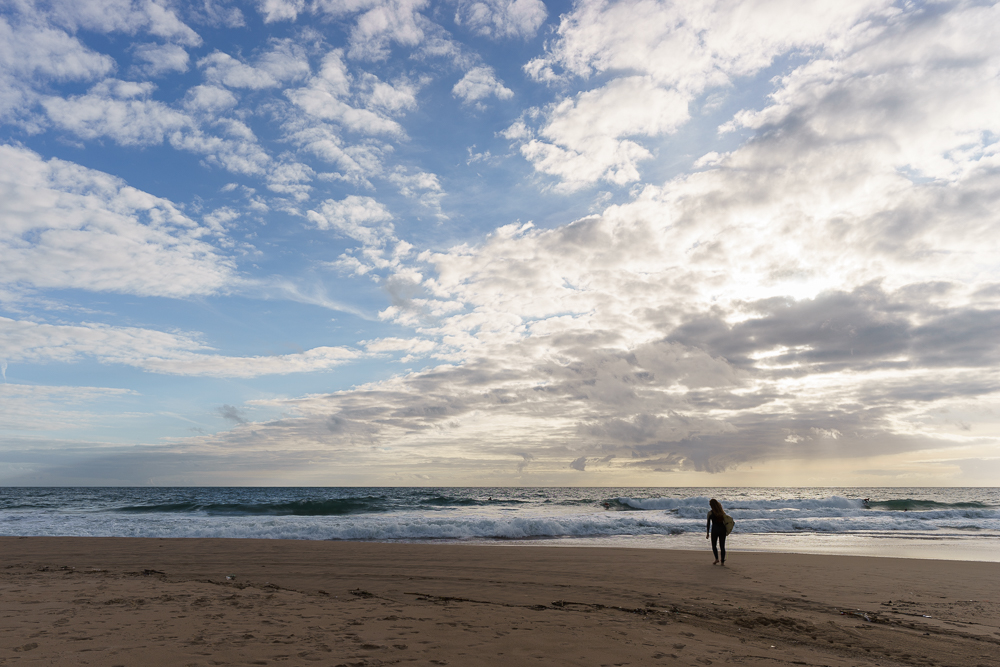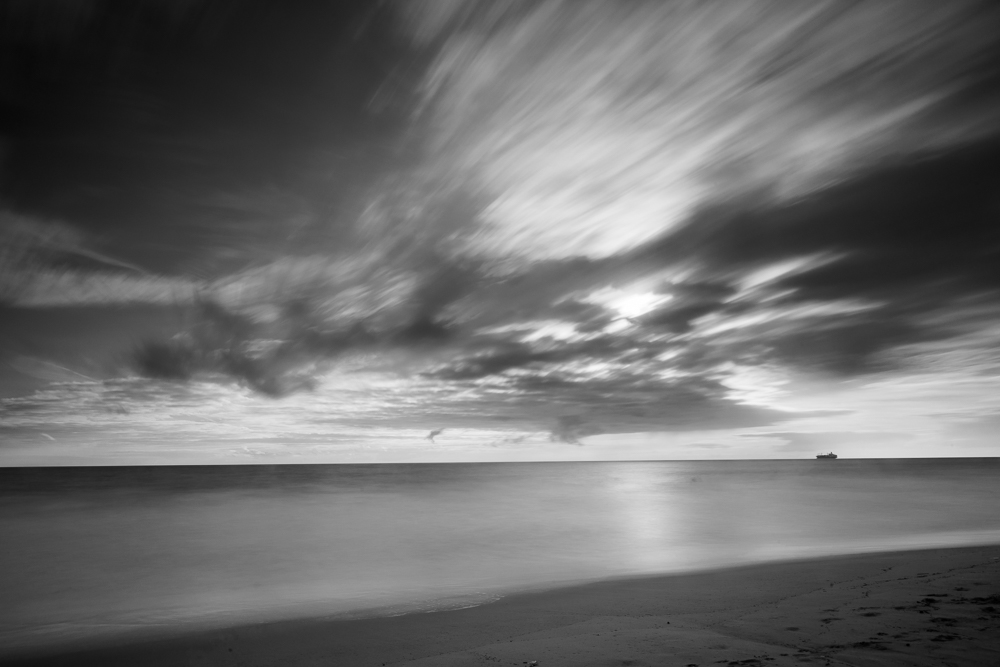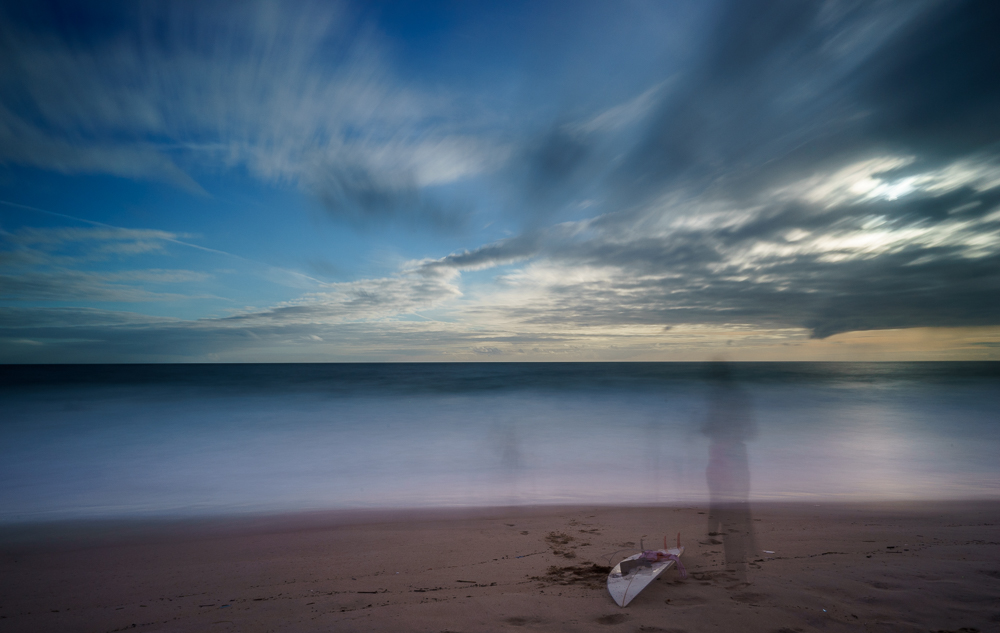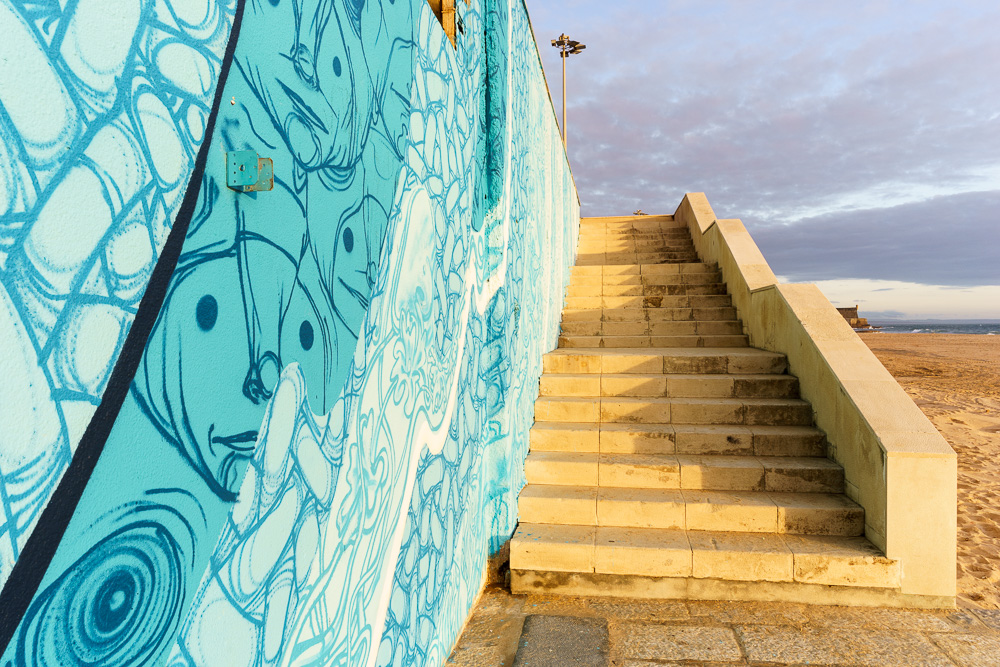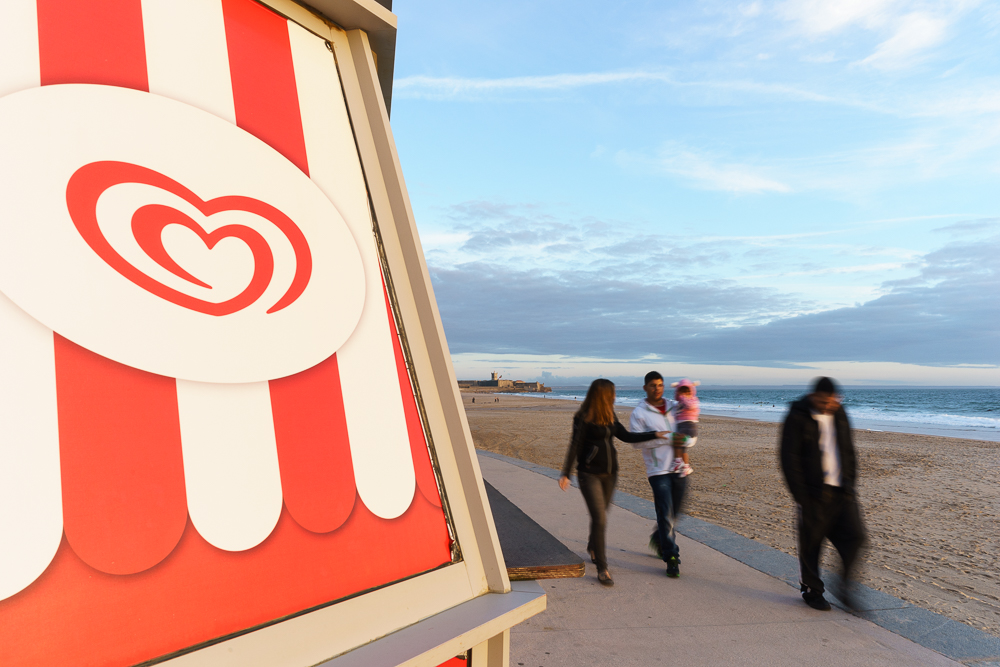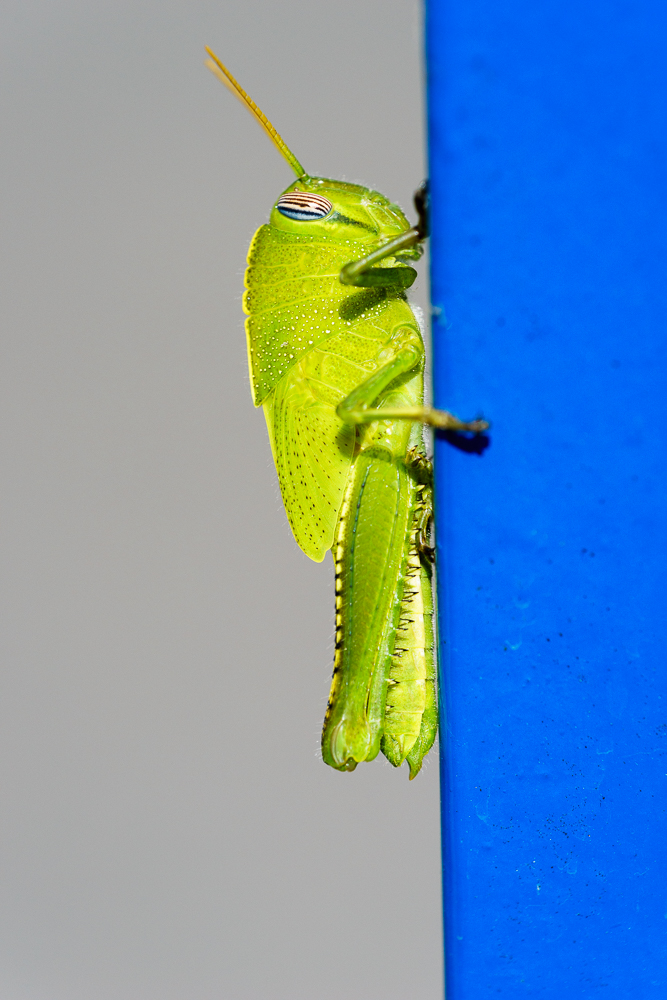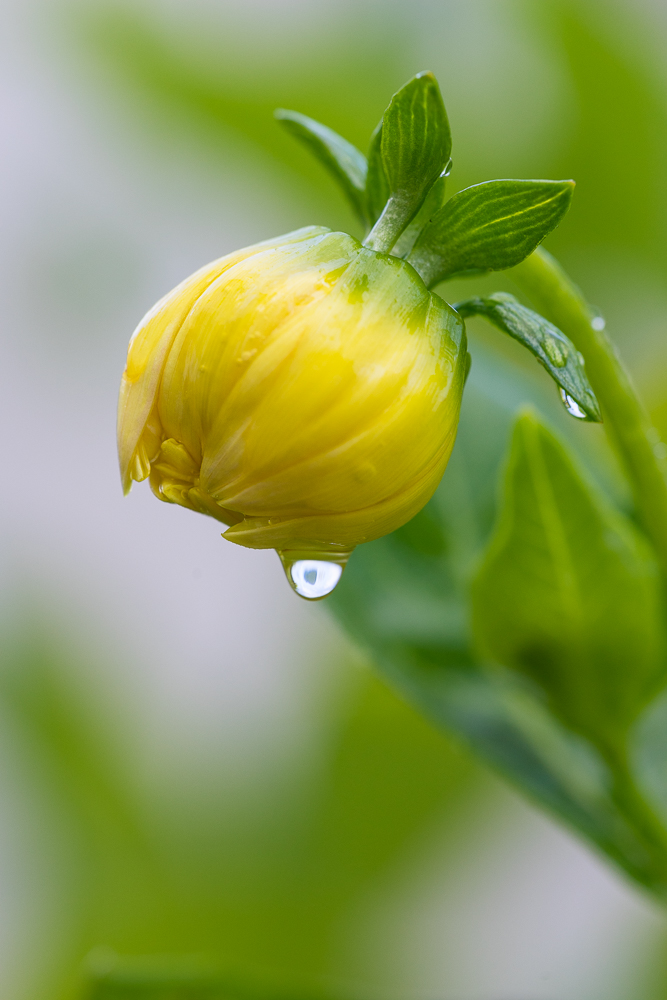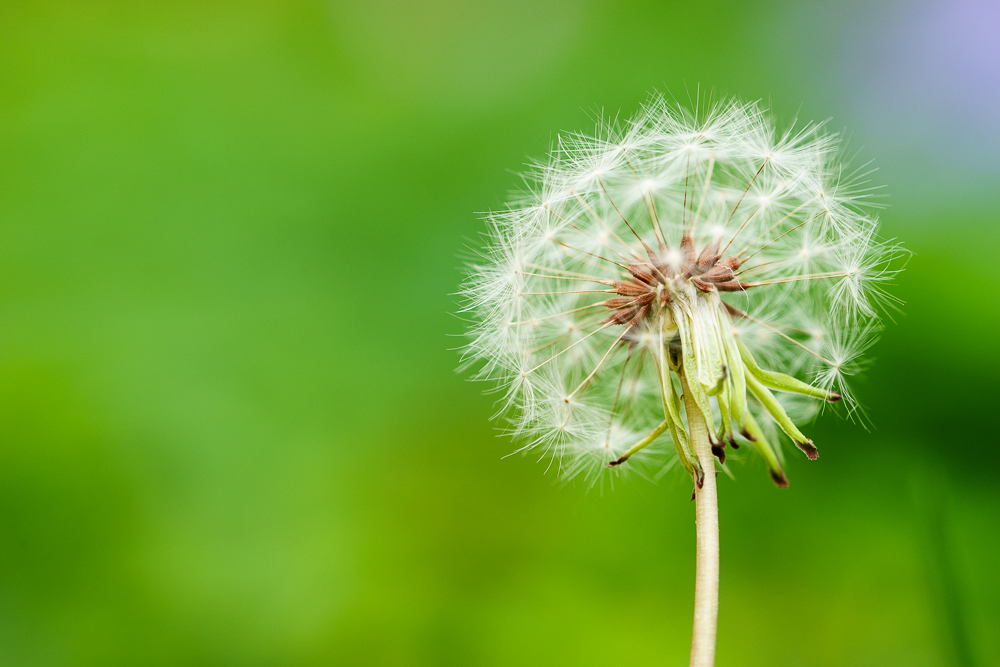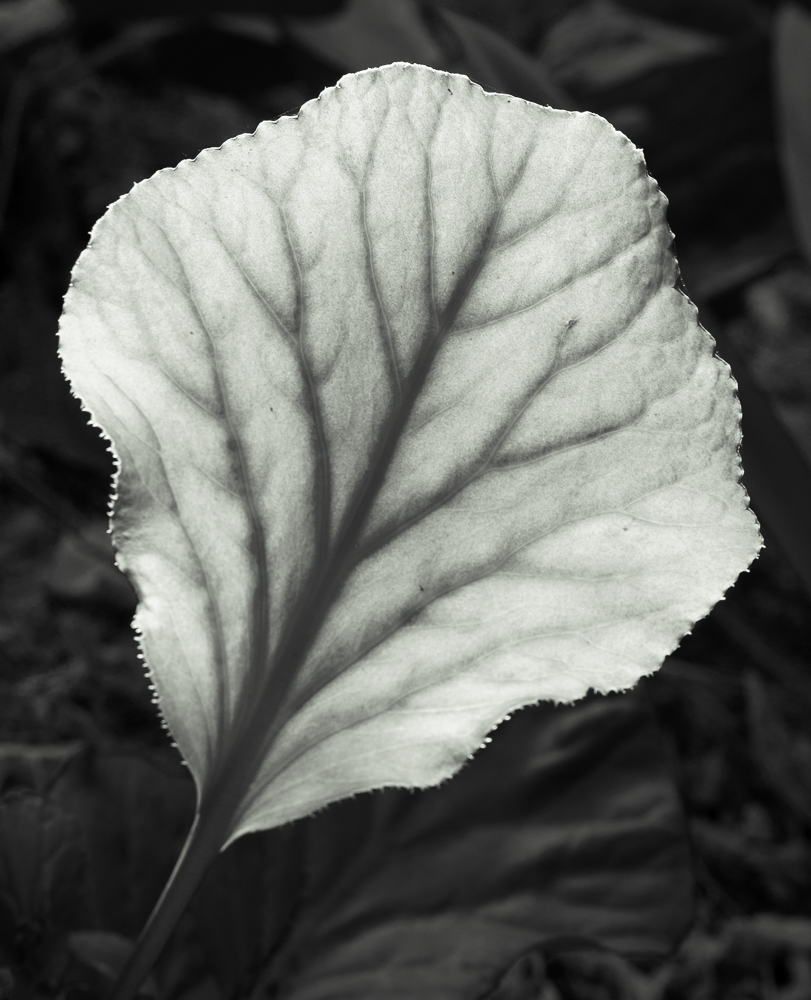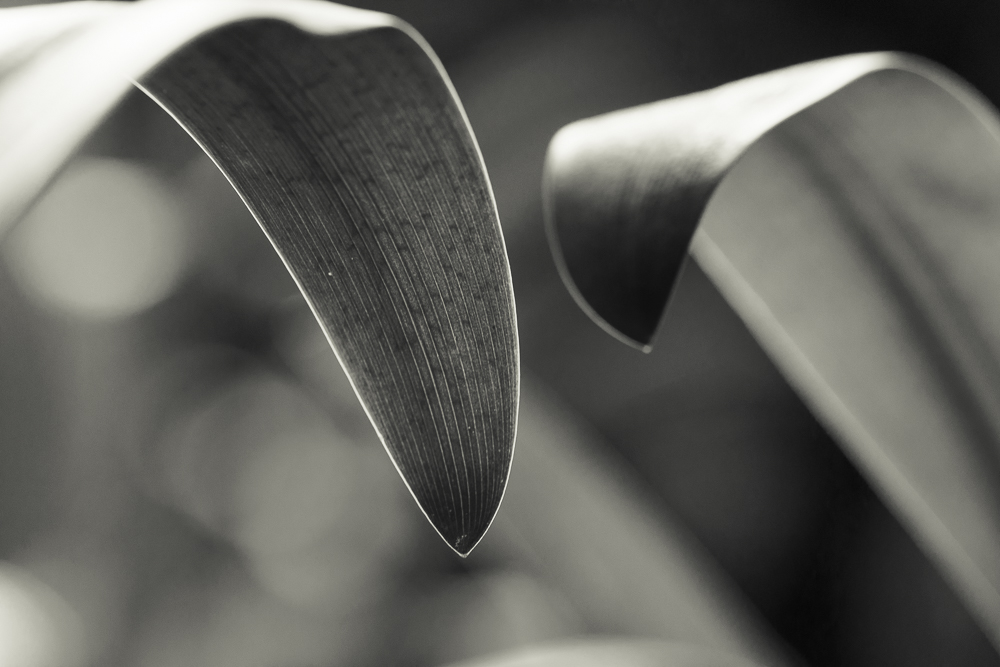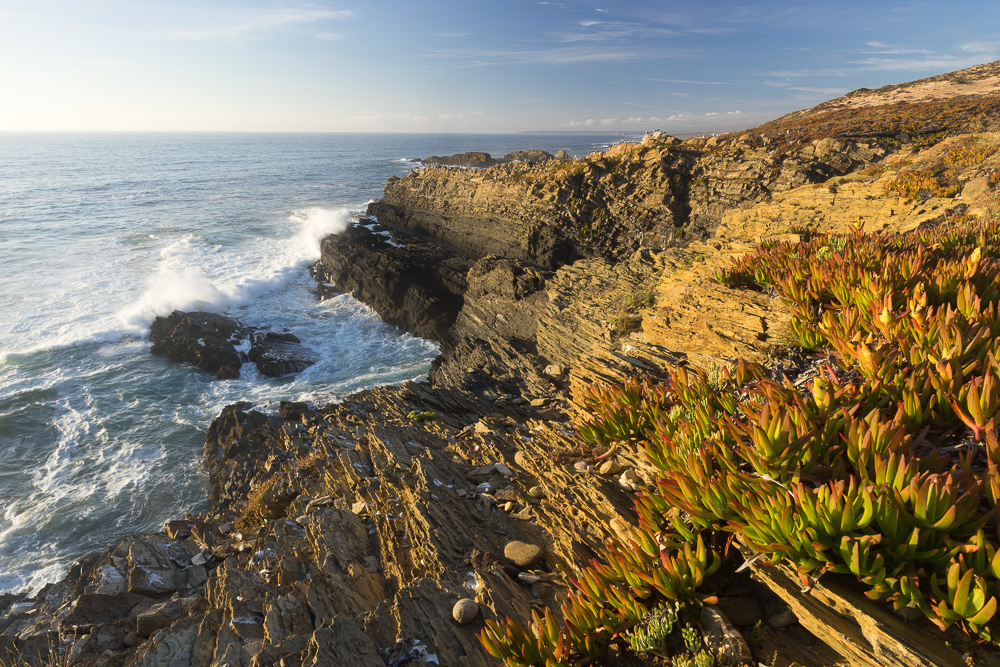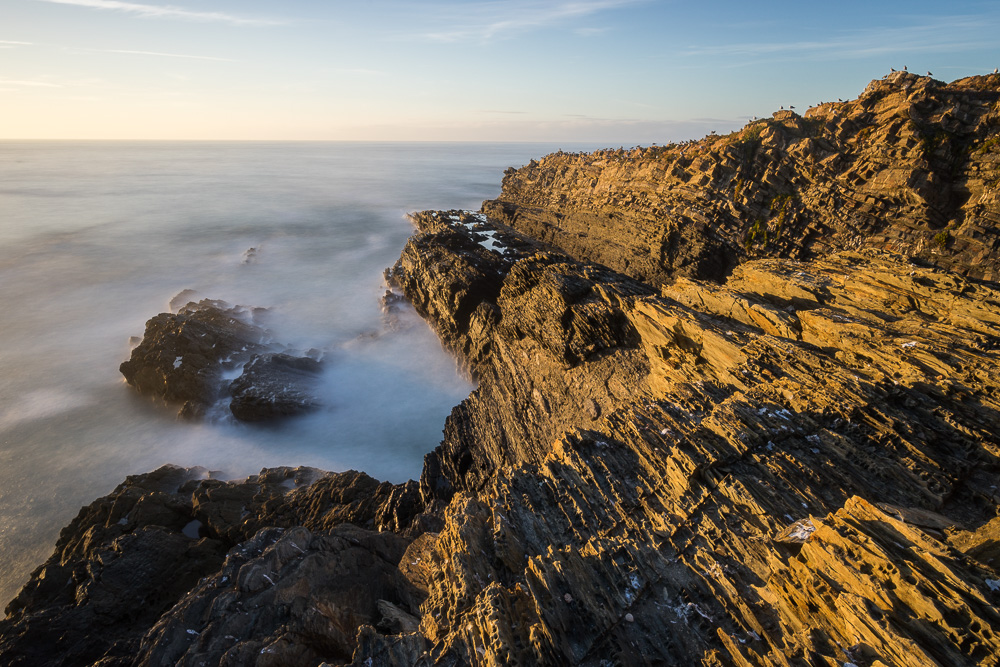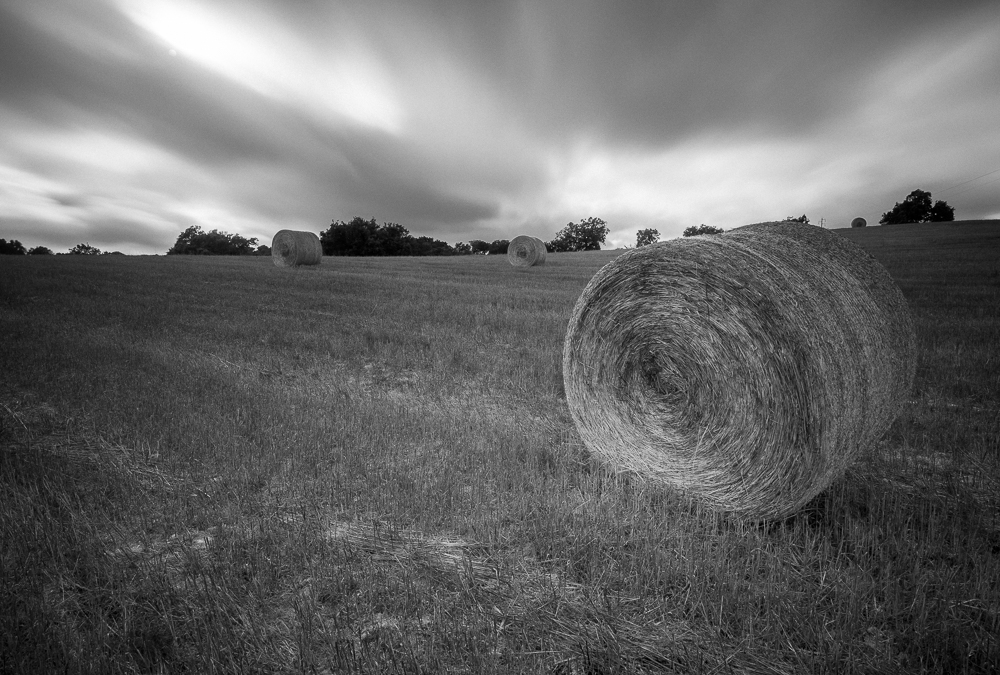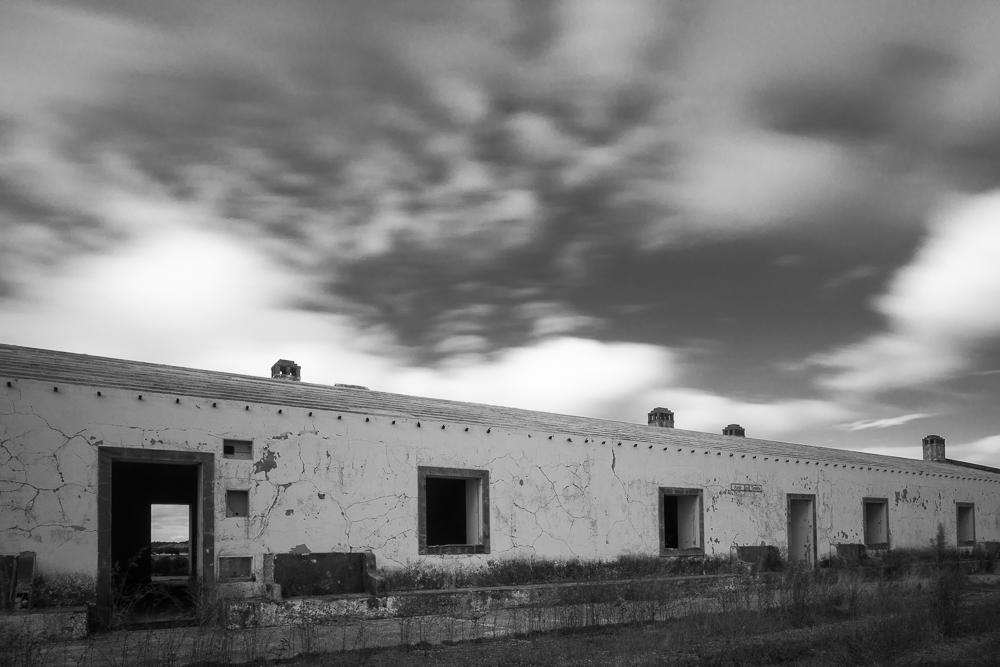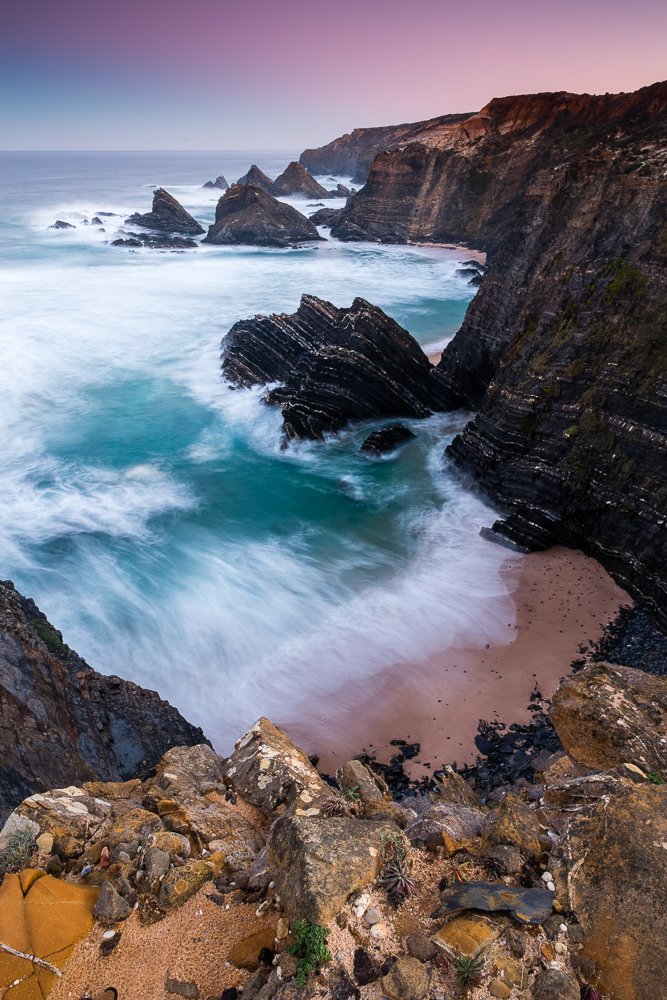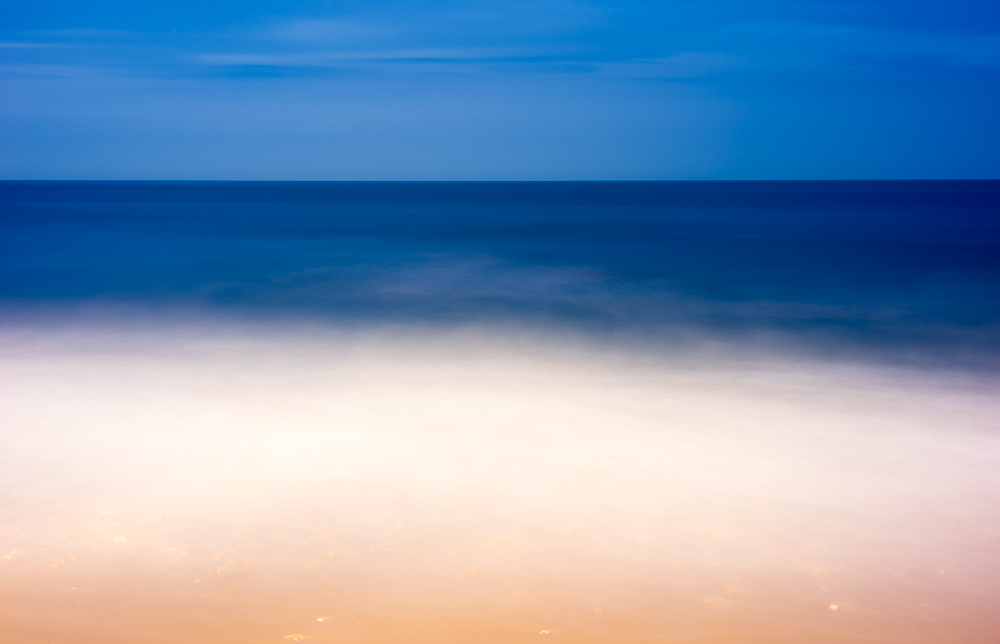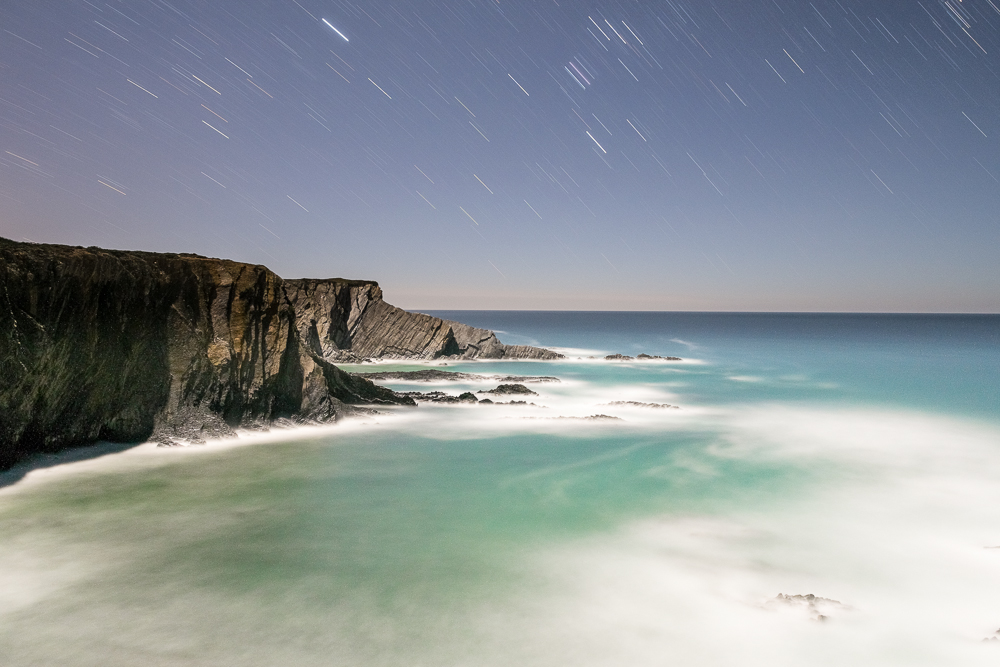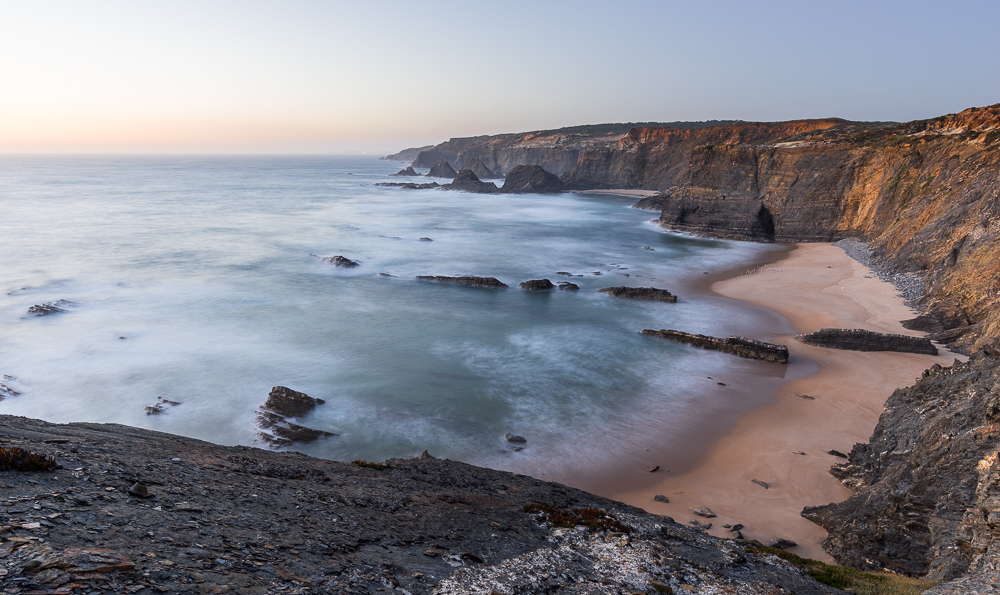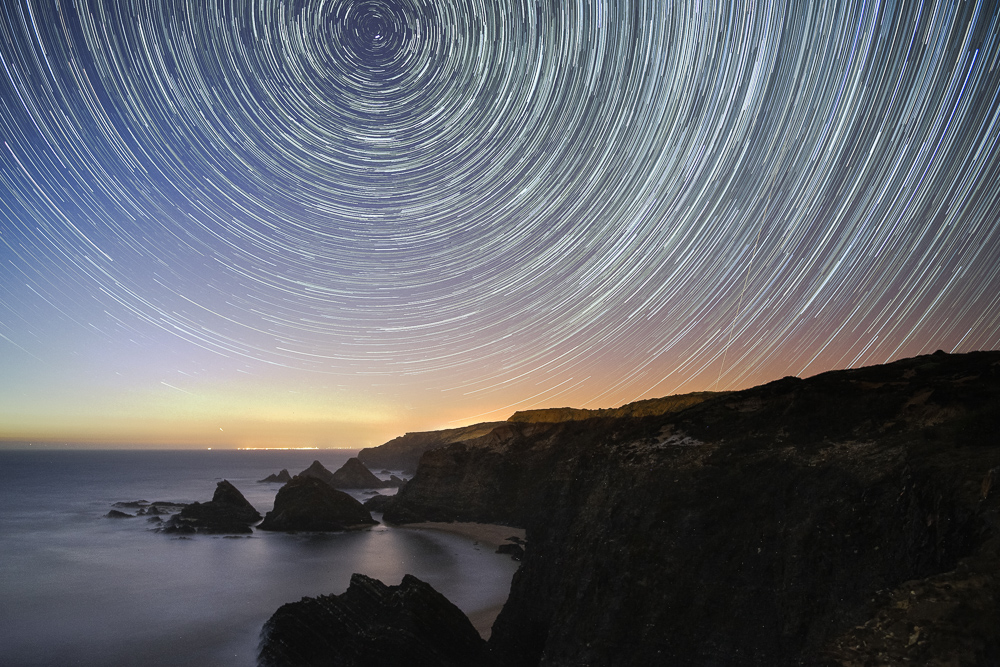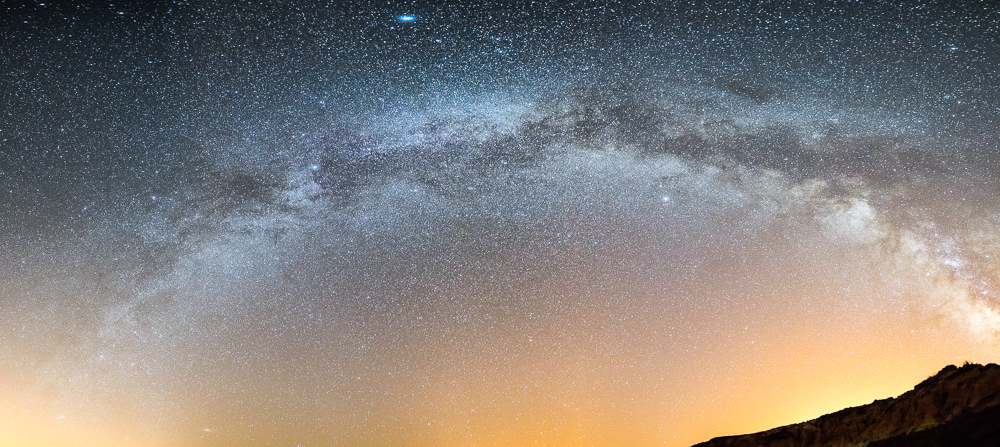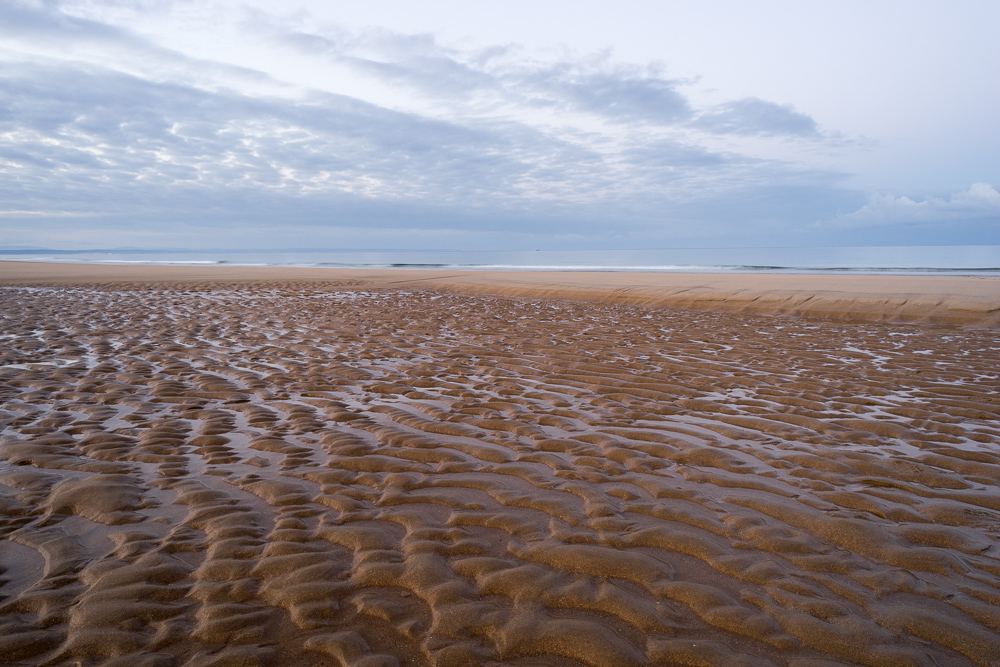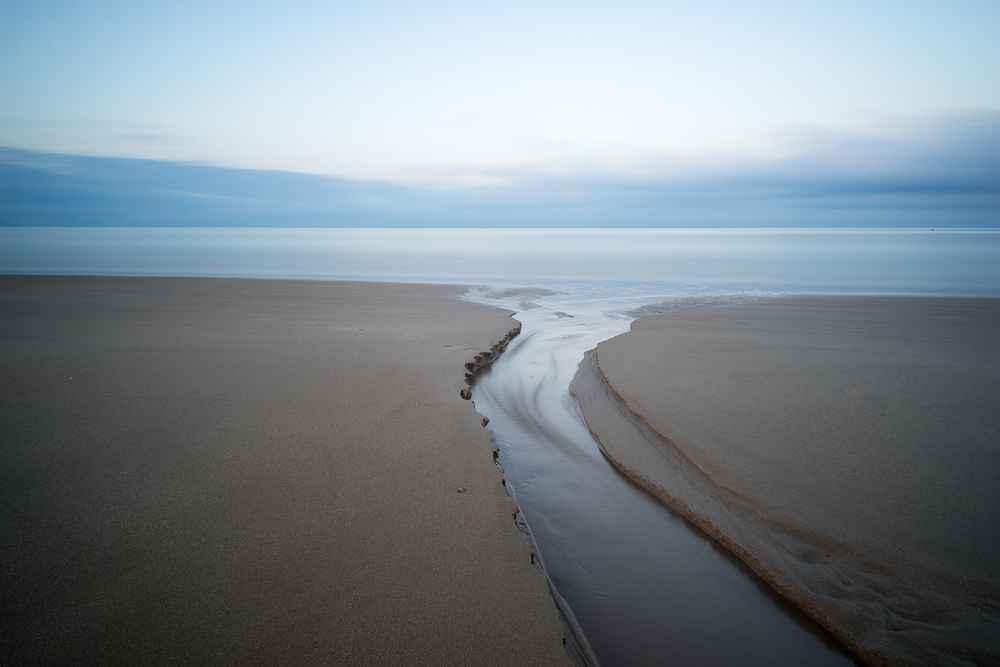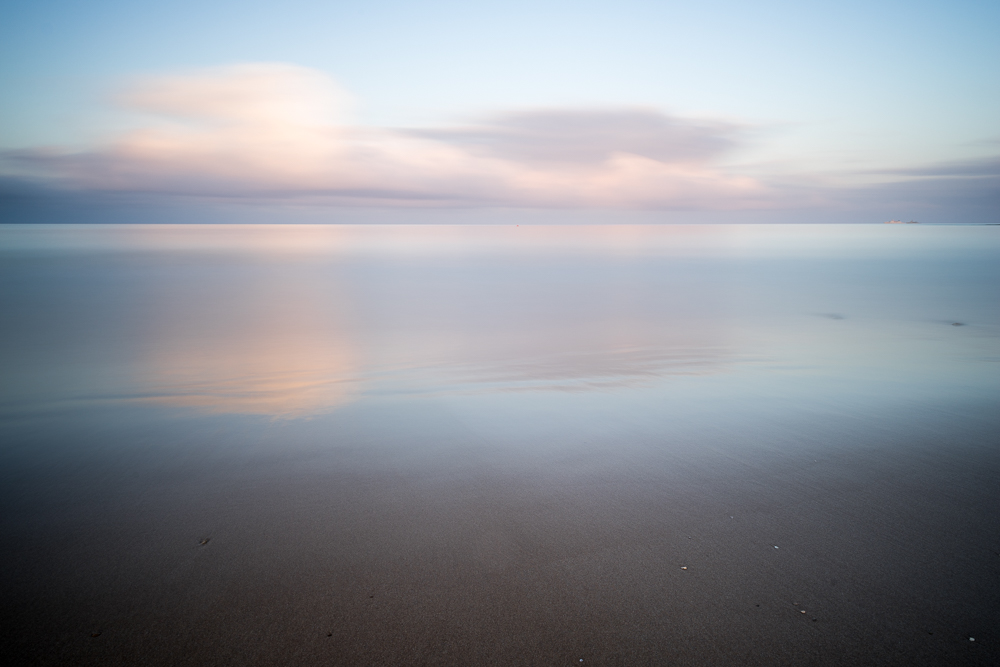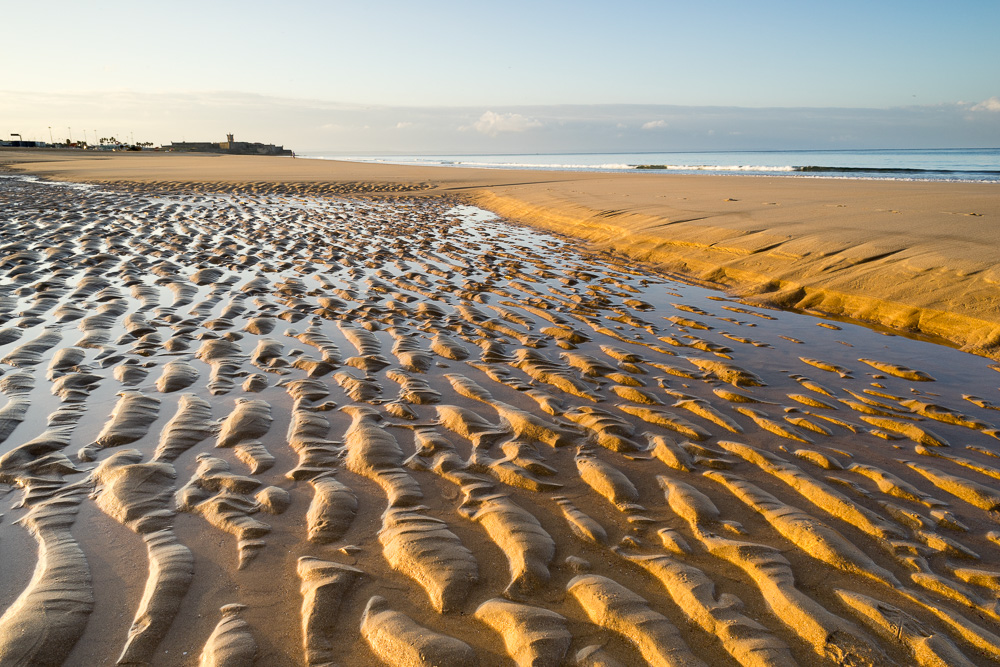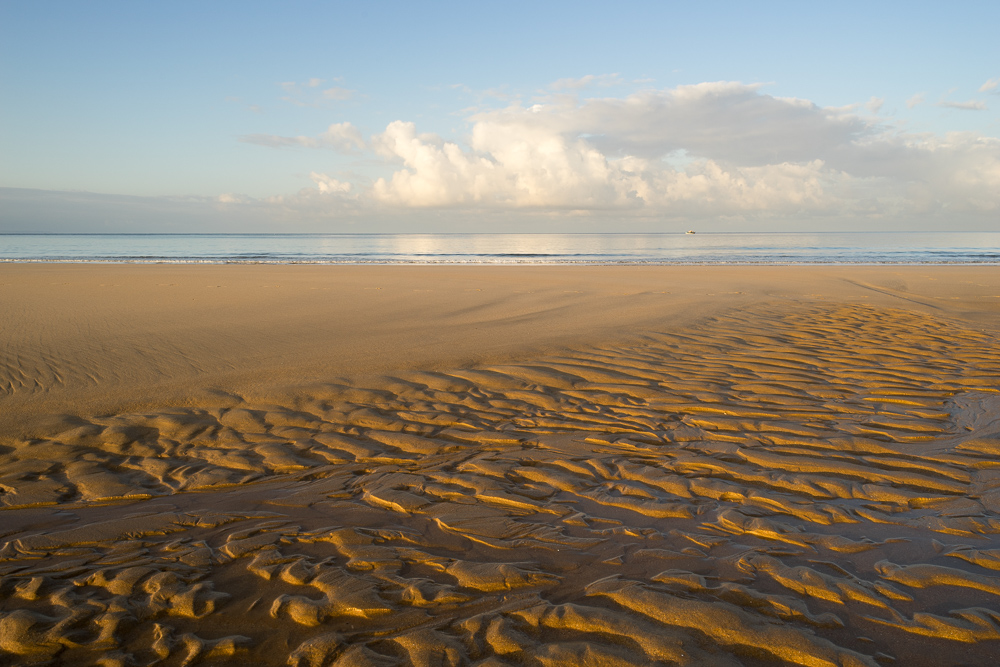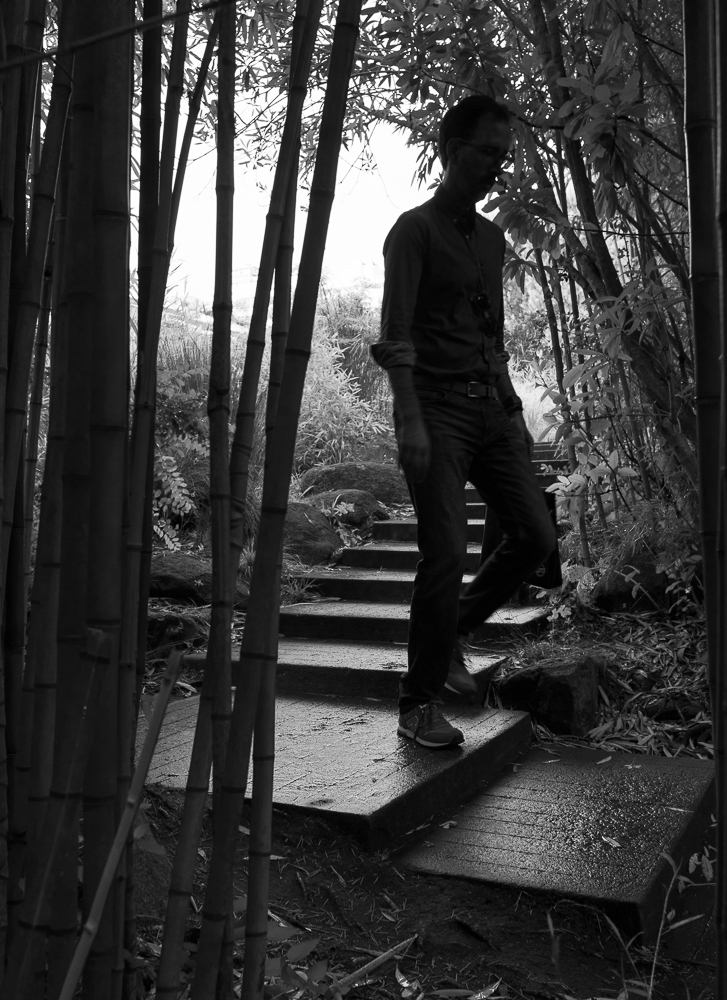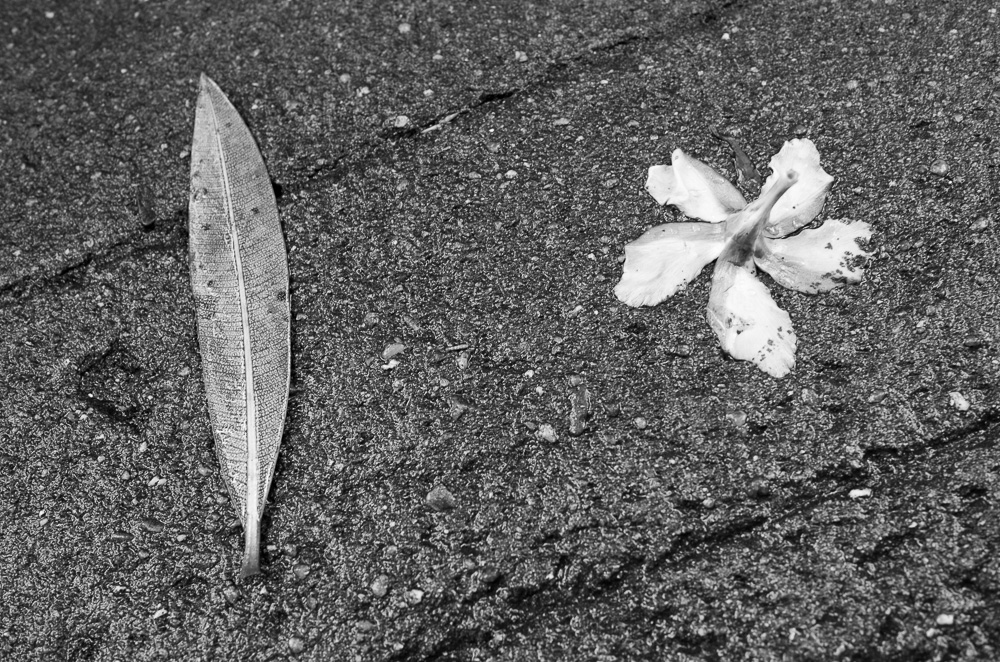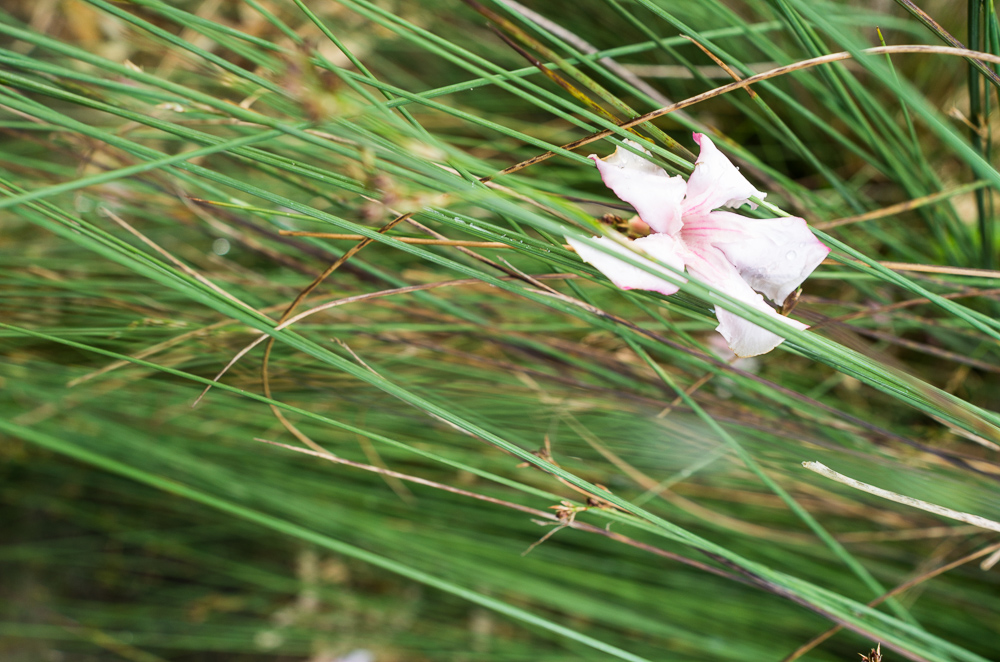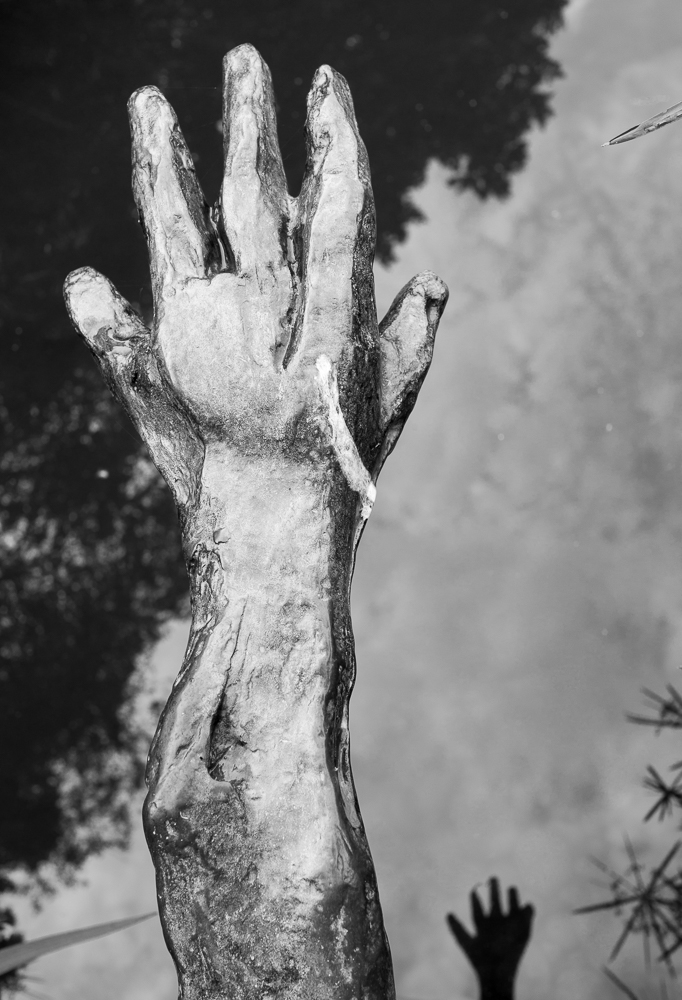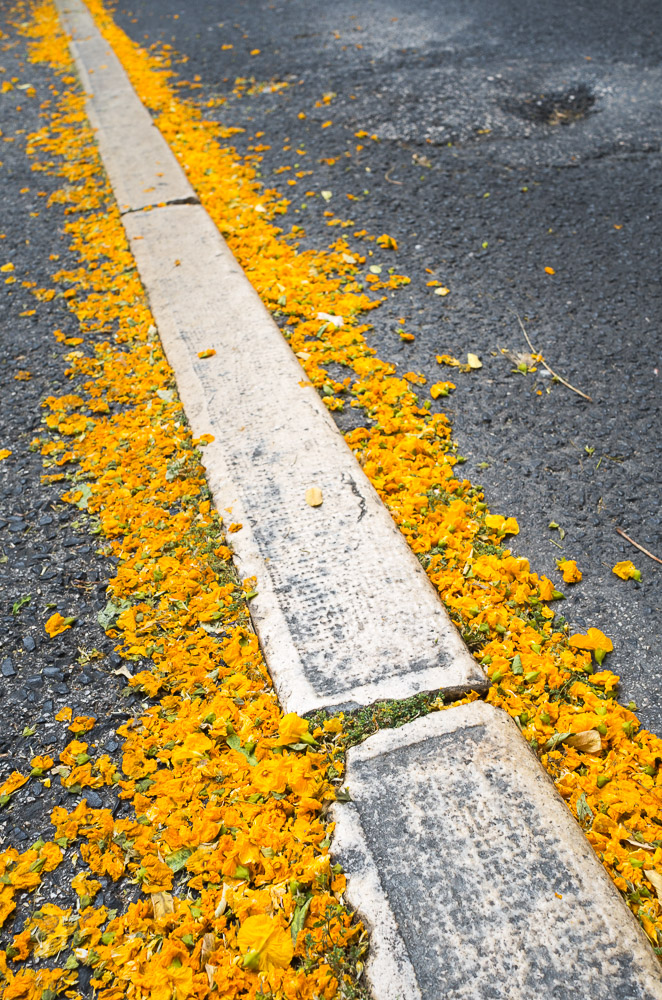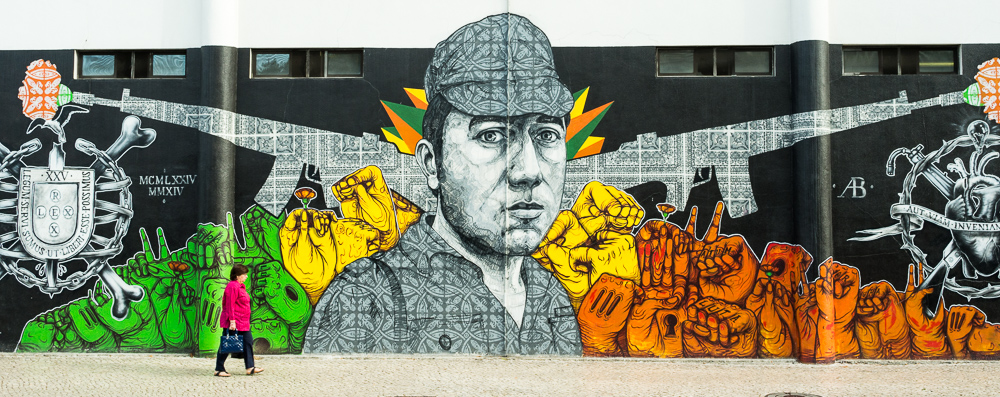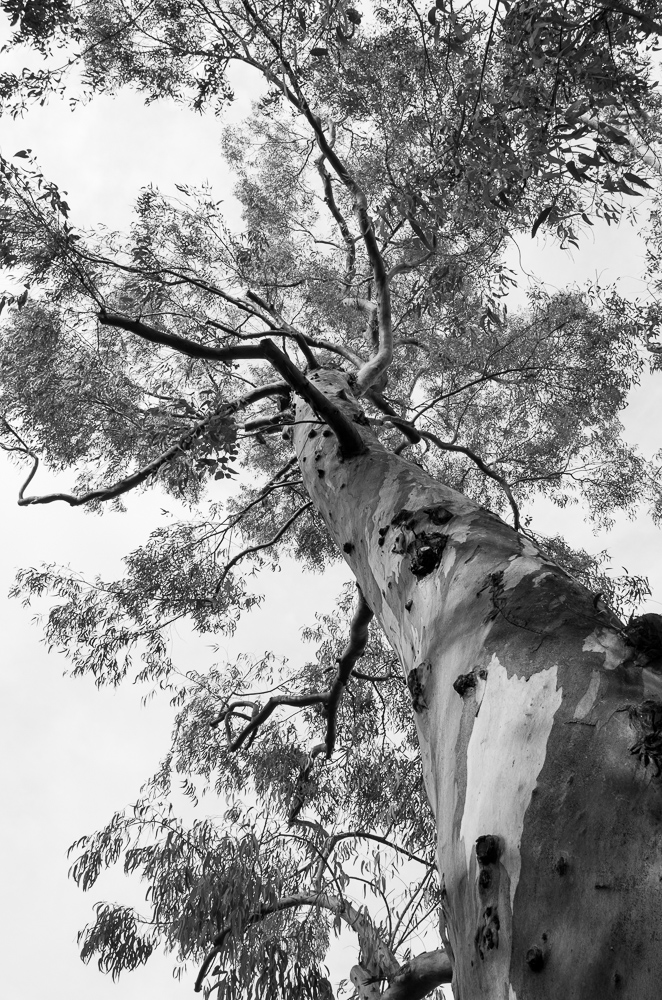Traveller photographers are always searching for the best/lightest/smallest camera and lens combination, without compromising on performance and image quality. In this regard, the introduction of so-called mirroless systems has brought many valid options. From very early on, the Sony Alpha 7 system has offered such a combination, with the possibility of matching the small cameras with small high performing lenses such as the FE 35 f2.8 and FE 55 f1.8.
In this article, I would like to share my experience of using the FE 35 f2.8 lens in a recent business trip I took to Muscat, Oman. This is really diminutive lens, and it comes with the famous ZEISS logo on its barrel; it also comes with the concomitant price, which is arguably higher than normal for (slow) f2.8 prime lenses. This relative high cost was what initially put me off the lens. But after reading some reviews and testimonials of other photographers, I finally managed to borrow one copy and use it myself. From what I was reading, this little lens was a high performer indeed.
So I ended up in one of my favourite places in Muscat, the Mutrah Corniche and Souk. This is a lively place, with all the merchant stalls, smell of incense burning, spices, textiles, and all other sorts of articles. It is also a place where light levels are somewhat low, and where there are also some high contrast scenes of light and dark areas. Now, I do like the Loxia 35, but sometimes I need auto-focus for quick-shooting, or shooting from the hip.
The little FE 35 f2.8 lens performed without a fault, both mechanically and optically. I was mostly shooting between f4 and f8, with auto-ISO taking care of the rest. There is some light fall off wide open, but this can be easily taken care of during Raw developing. The lens is very sharp, and maintains excellent performance levels into the corners and edges of the frame.
So what is not to like? Well, photographers always prefer faster apertures; as I wrote above, f2.8 in a prime lens is perceived as “slow”. Thus, enter f1.4 and f2 lenses; Sony has a 35 f1.4 lens (also with ZEISS logo), which is top quality, but much bigger and even more expensive. ZEISS has the aforementioned Loxia 35 f2, but this one is manual focus and more expensive too. I think there might be a slot for an auto-focus 35 f2 lens?
In the end, the little FE 35 f2.8 lens is a great option for an A7 camera, it makes perfect sense as a reportage/travel lens. Combined with the excellent high ISO performance of the sensor, f2.8 is not really that limiting. Of course, there are situations where we may need to combine high ISO, f1,4 or f2, to get the shot. For those situations, there is the FE 35 f1.4 lens. For the rest, the FE 35 f2.8 is surely more than enough, and one hardly notices it is mounted on the camera.
